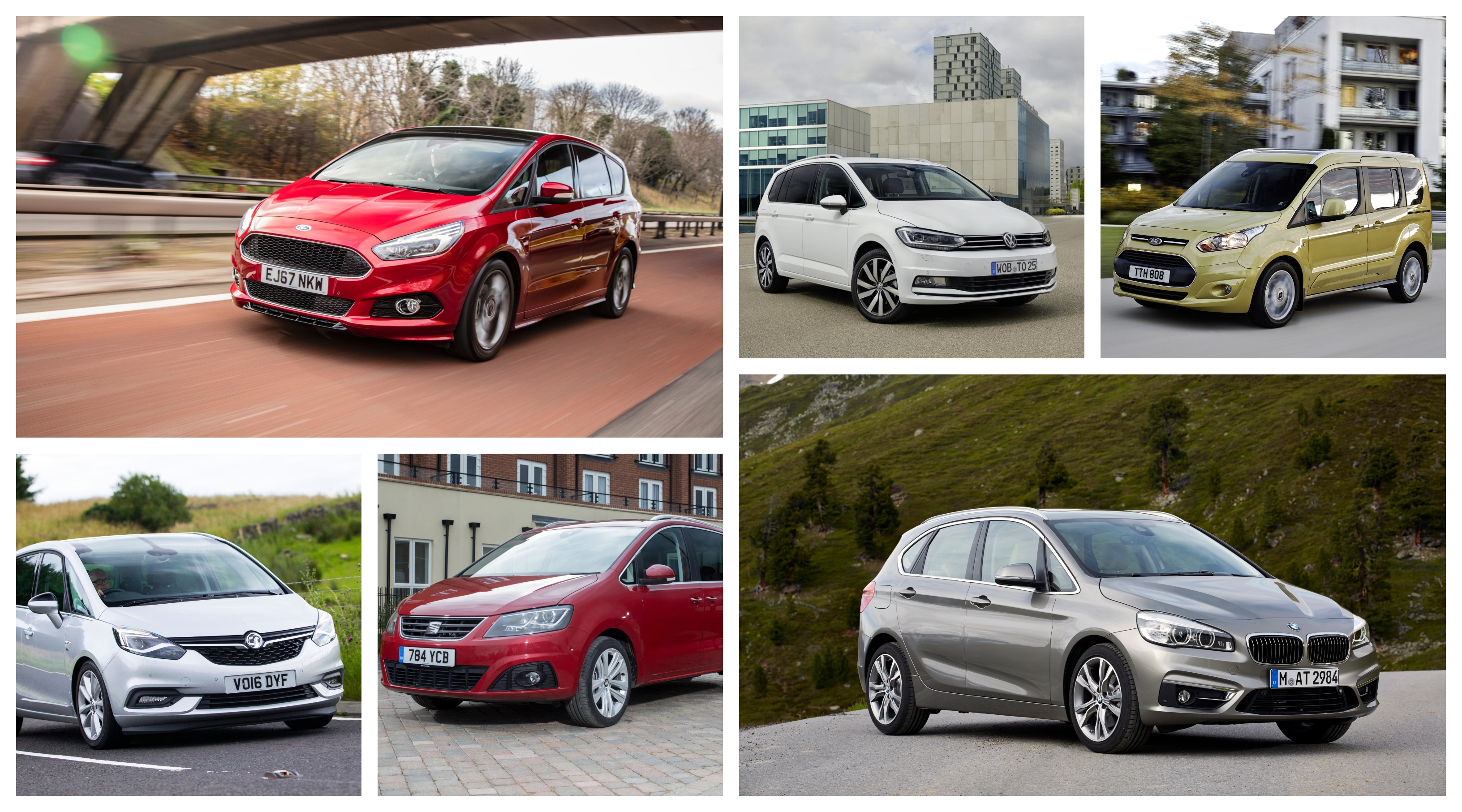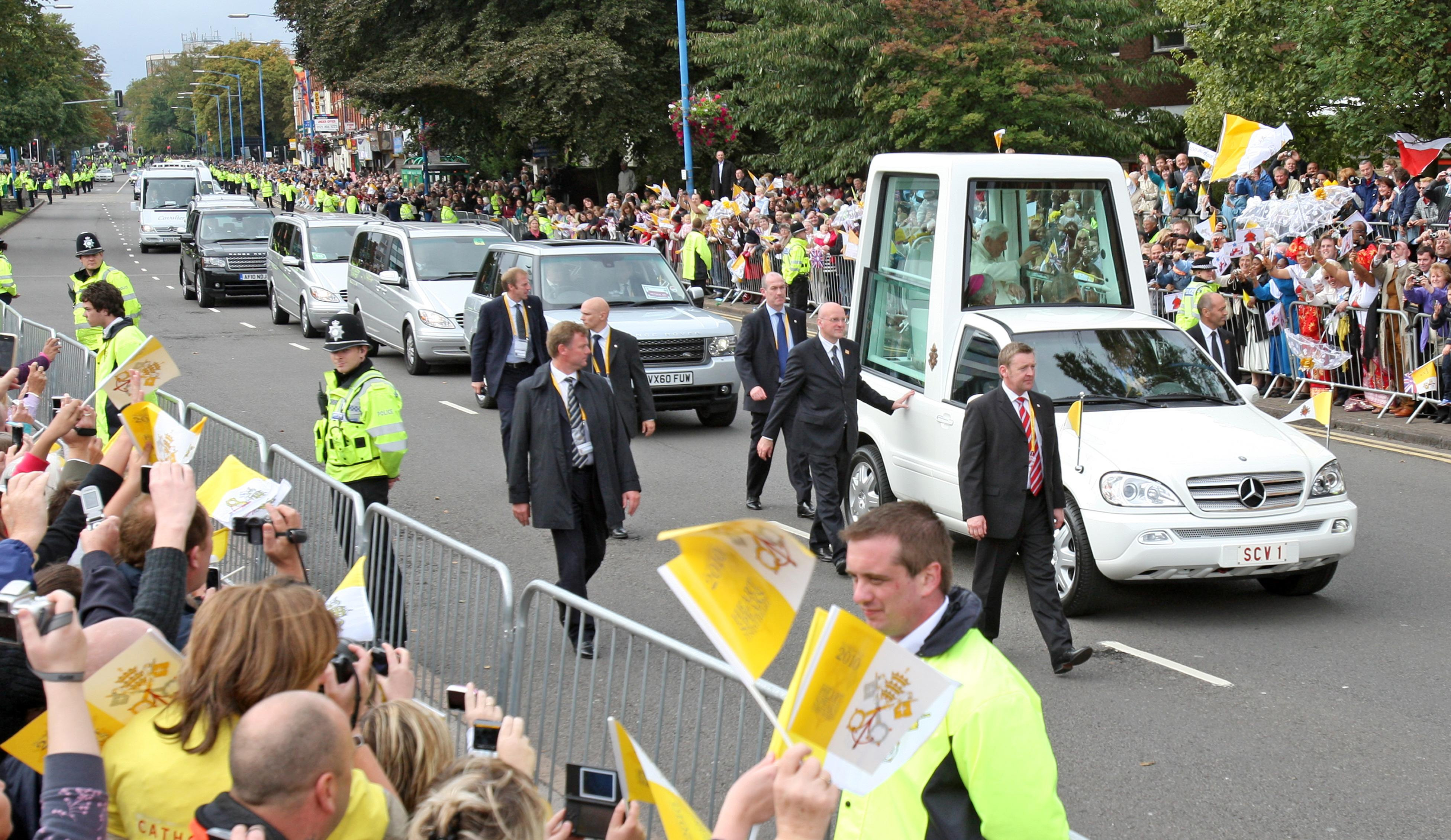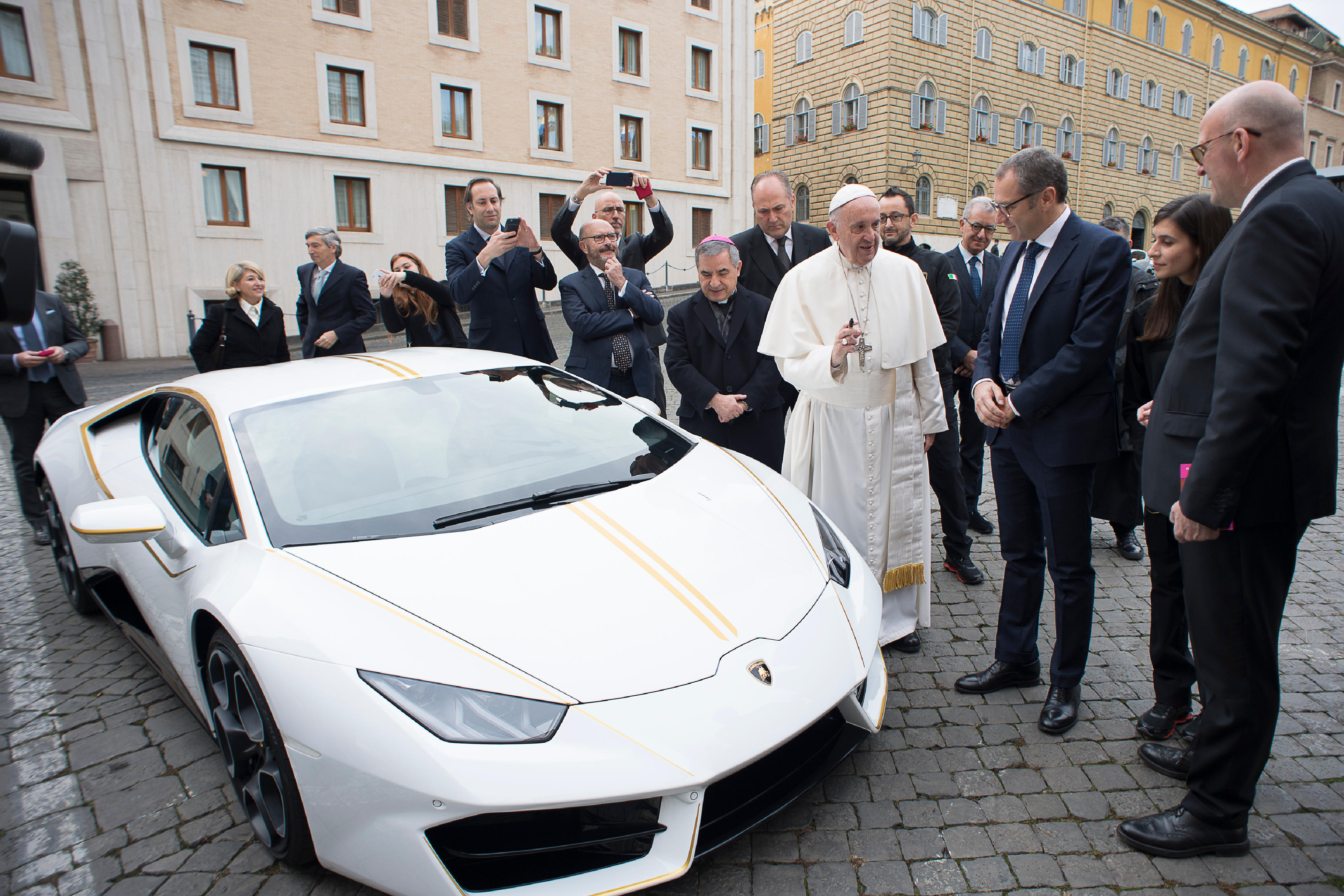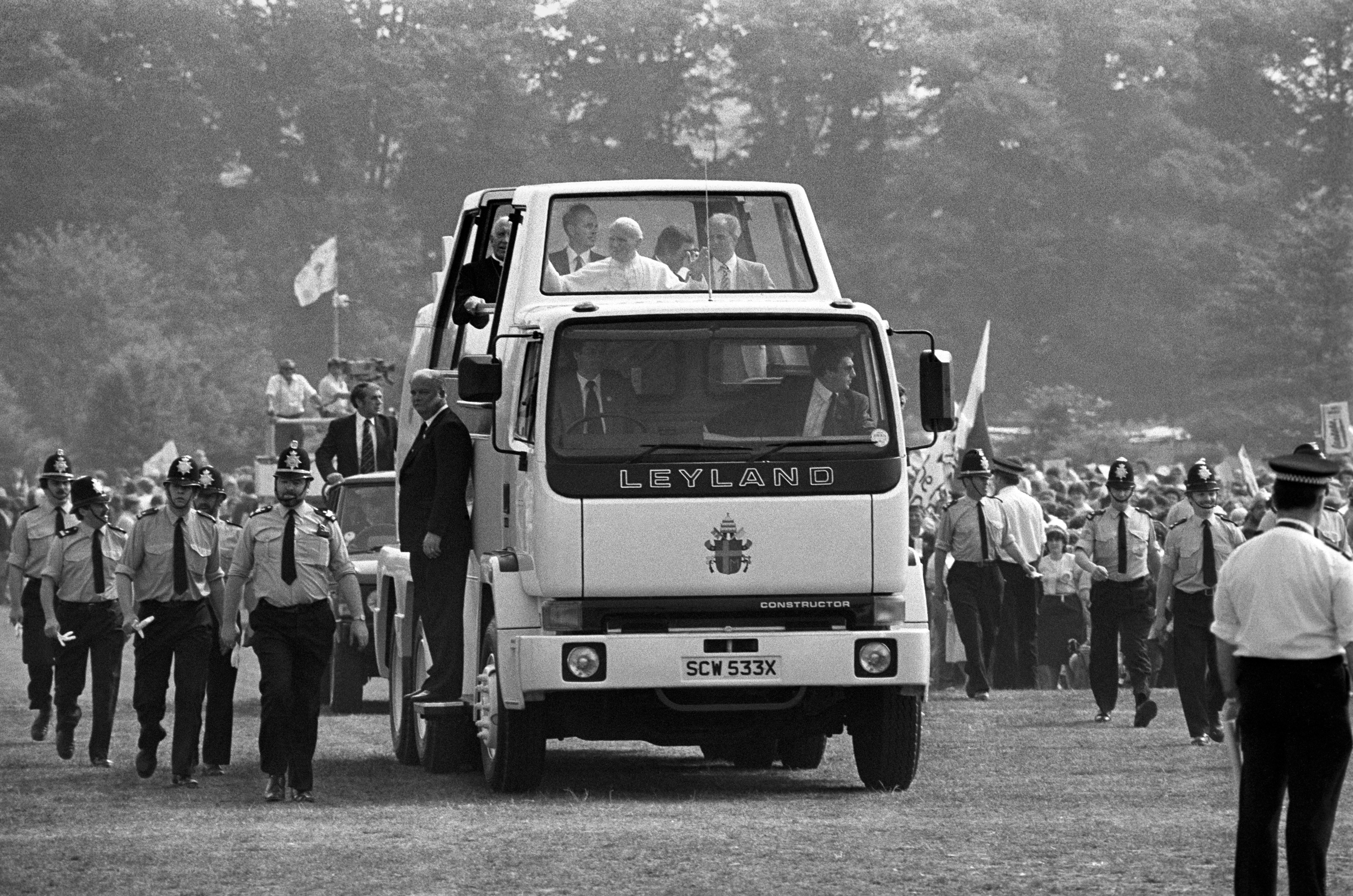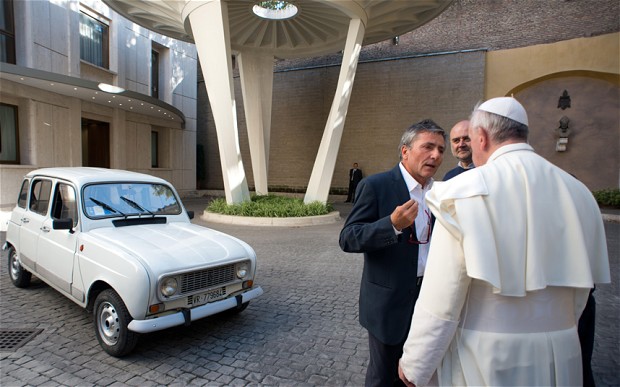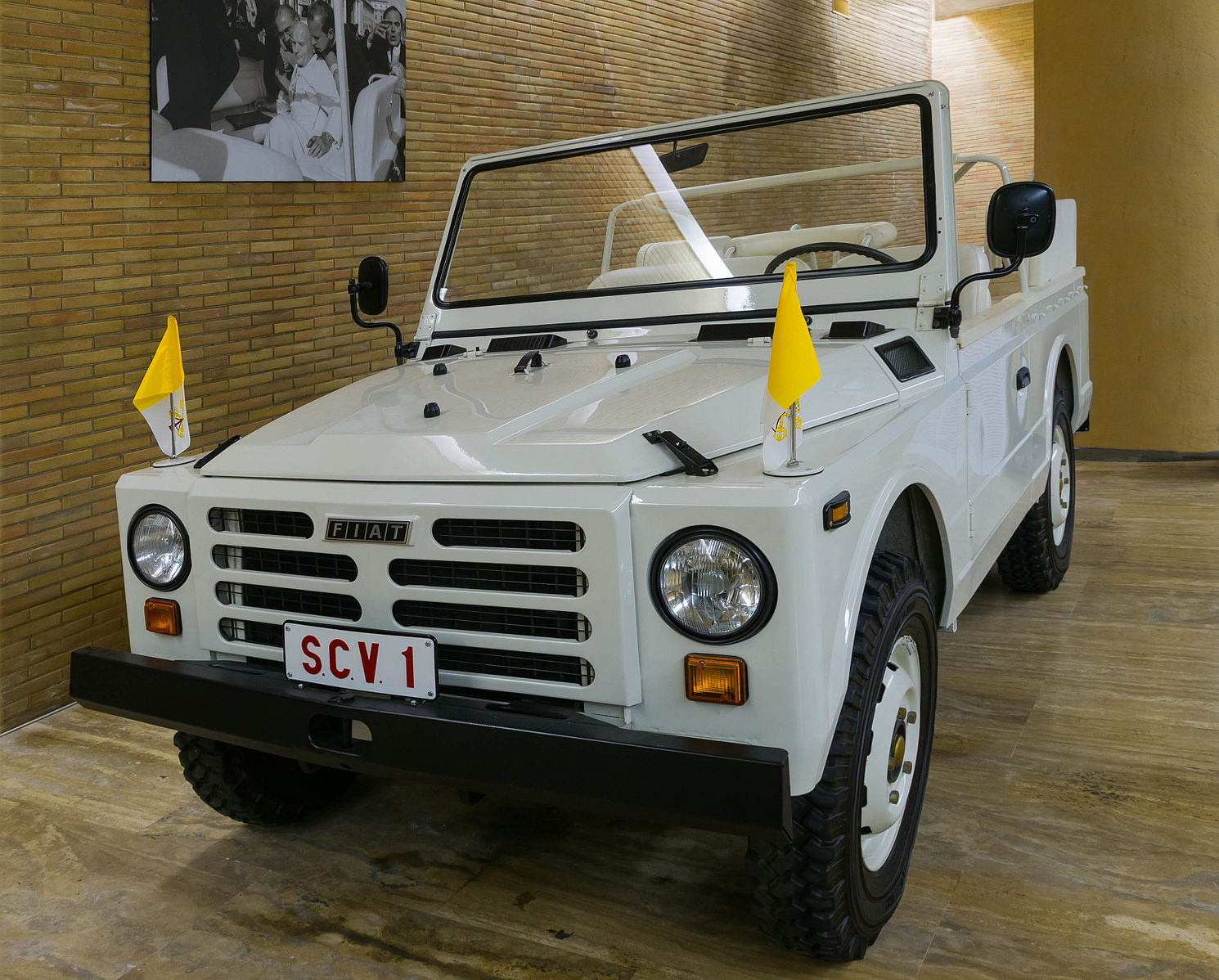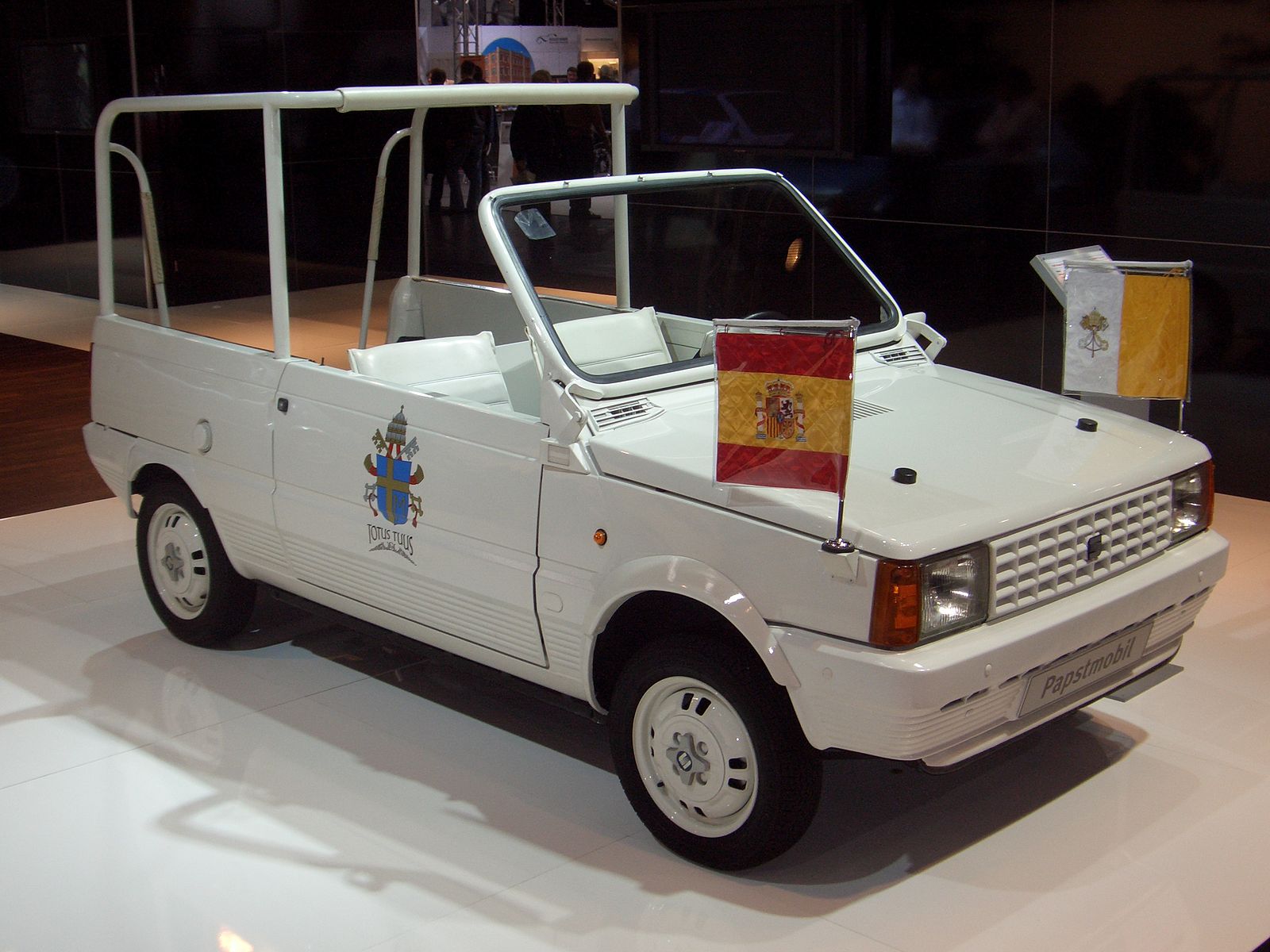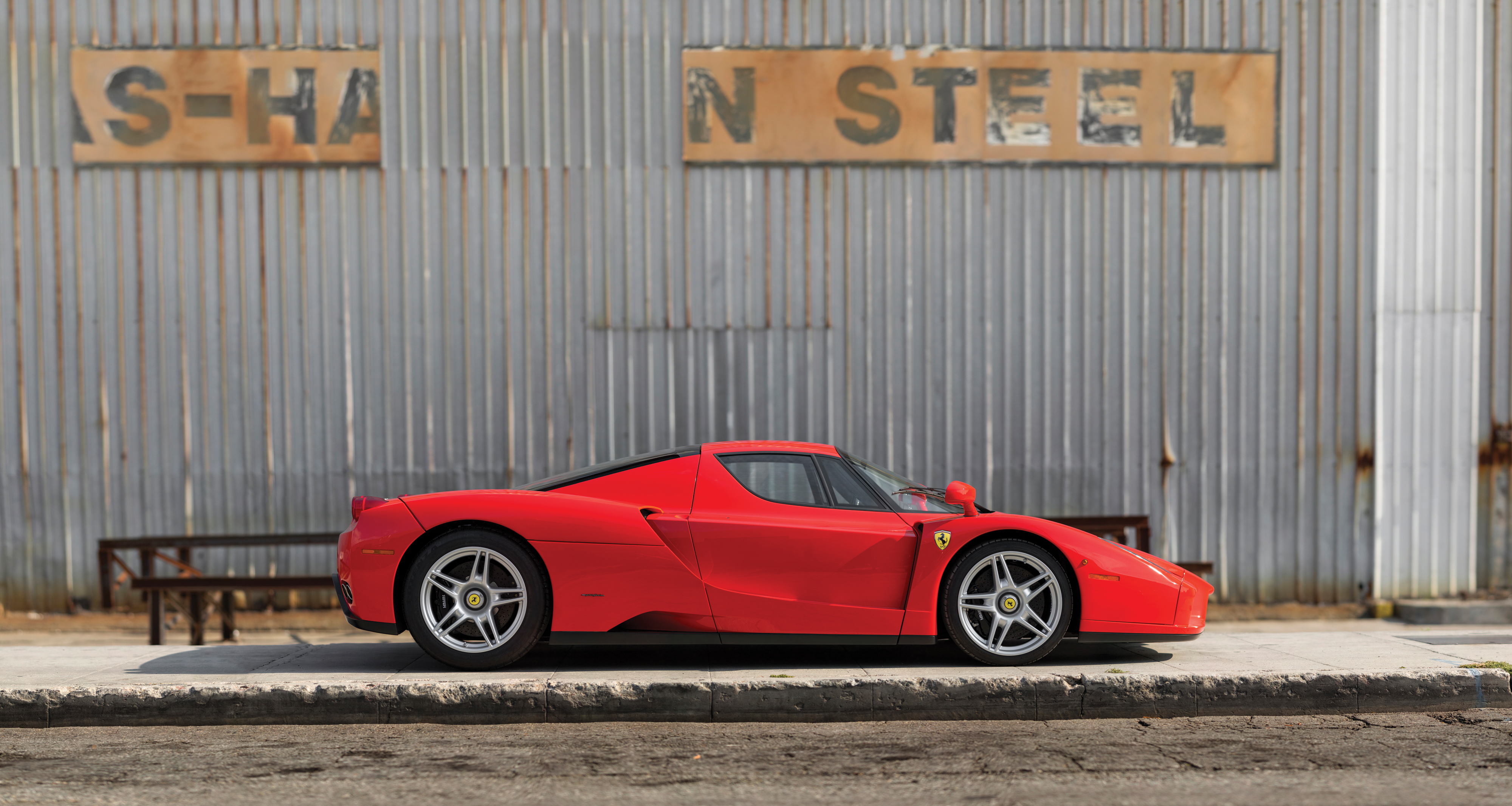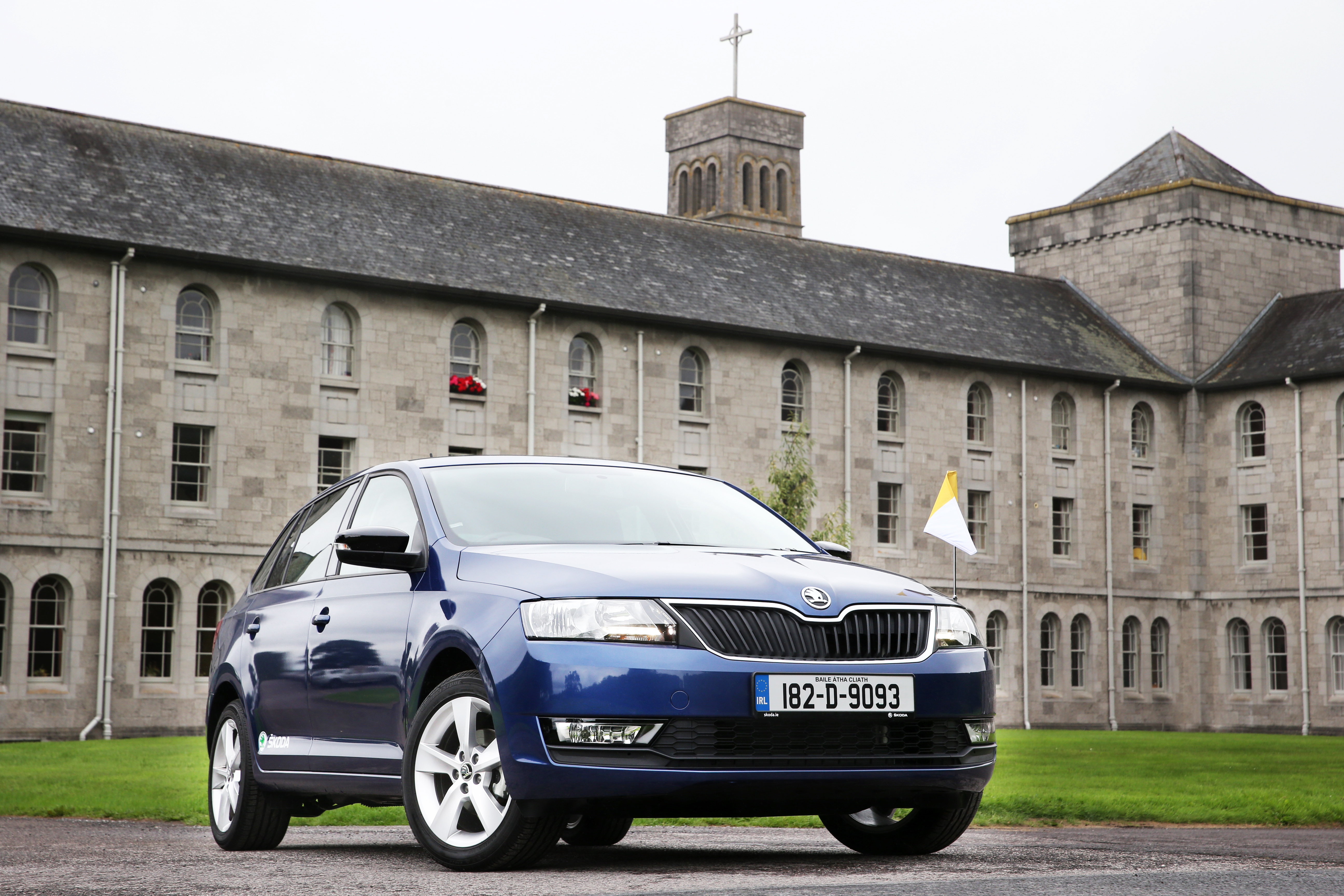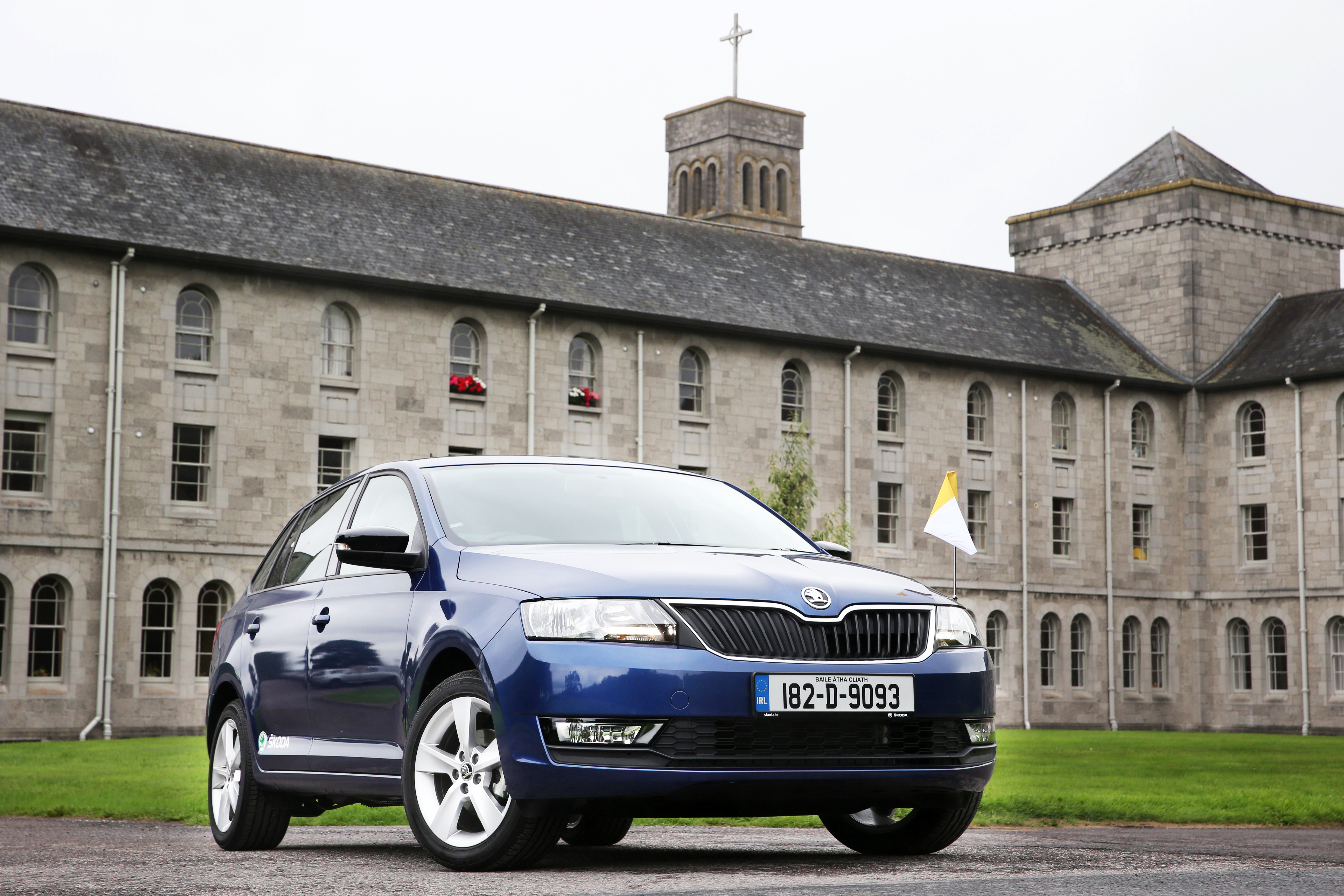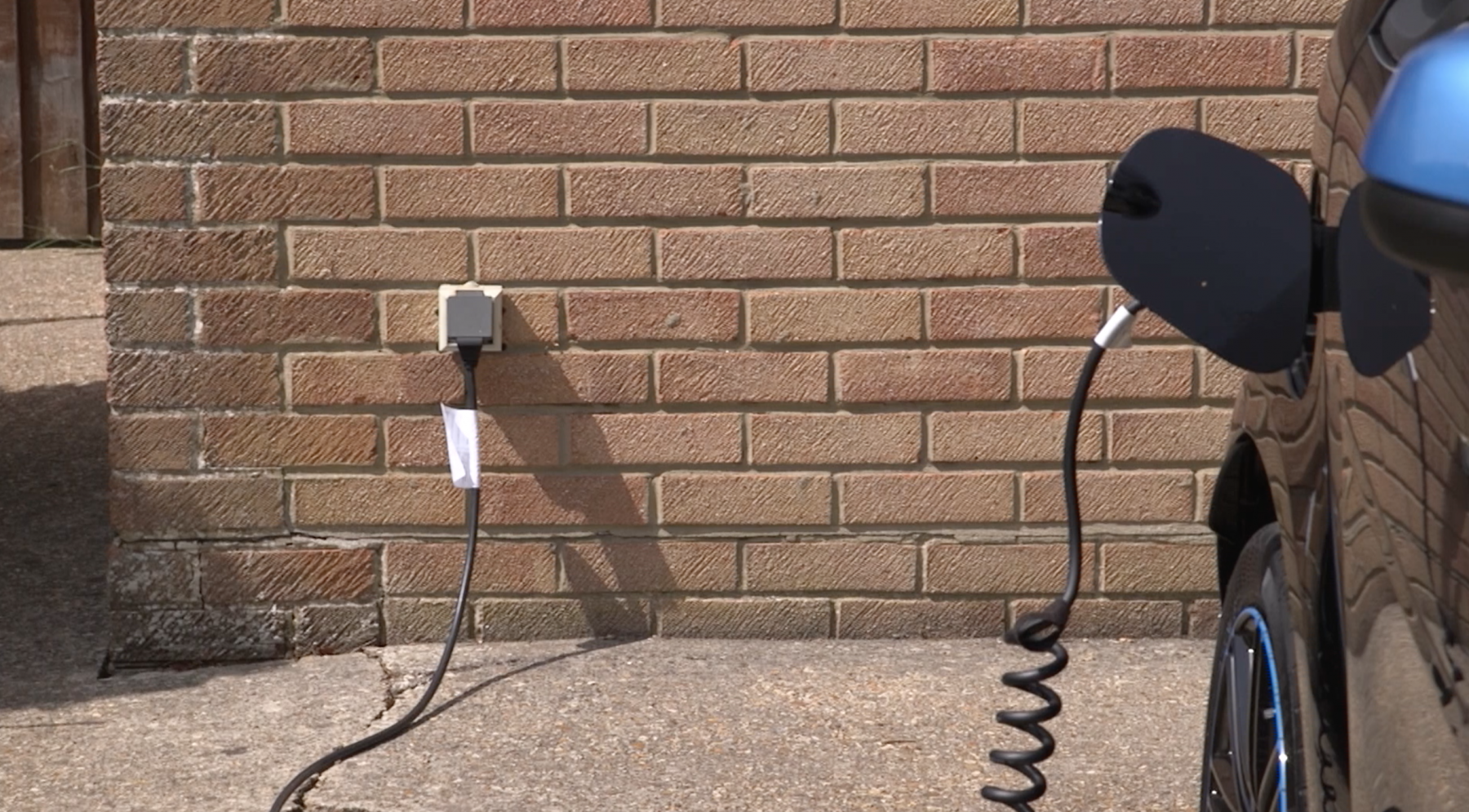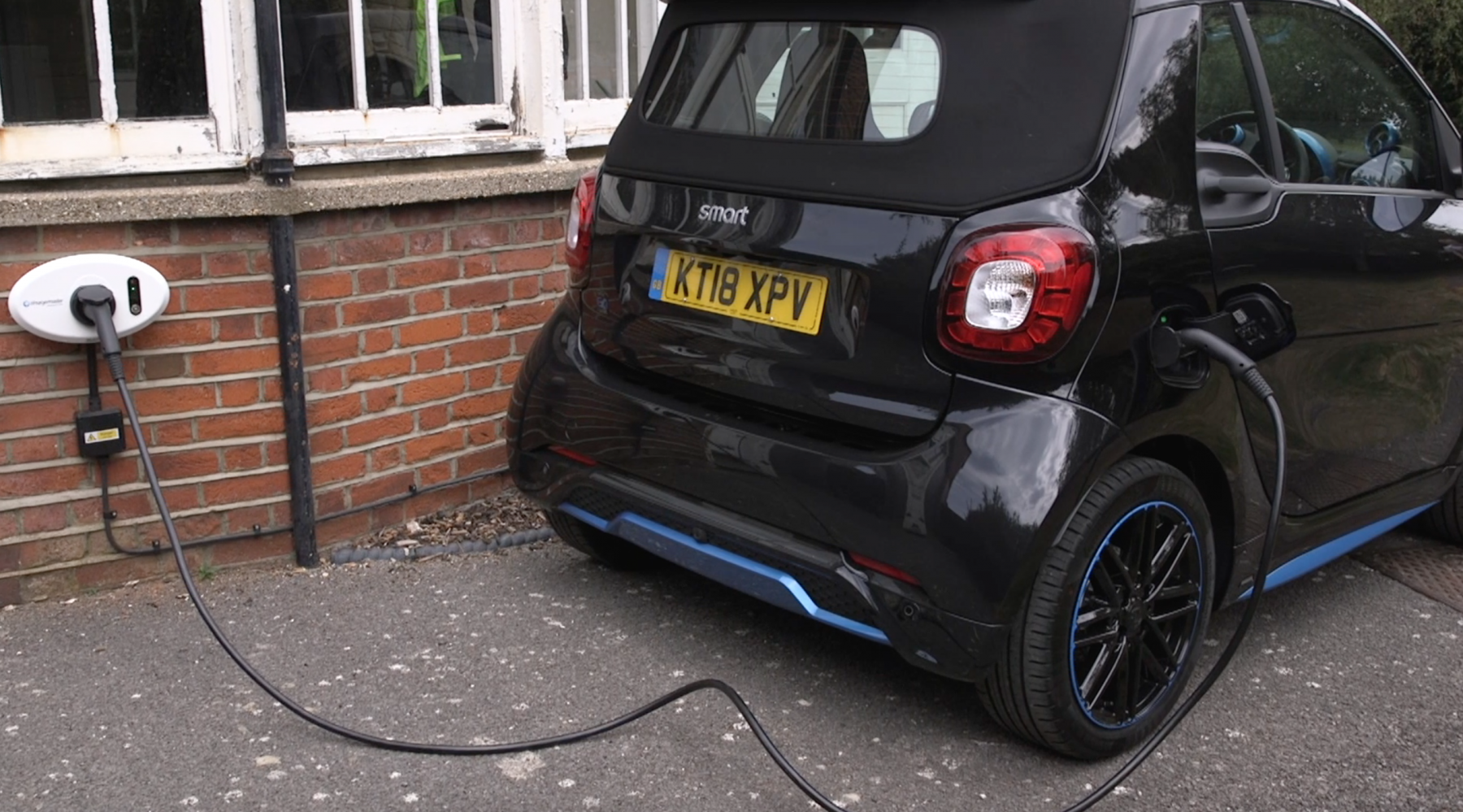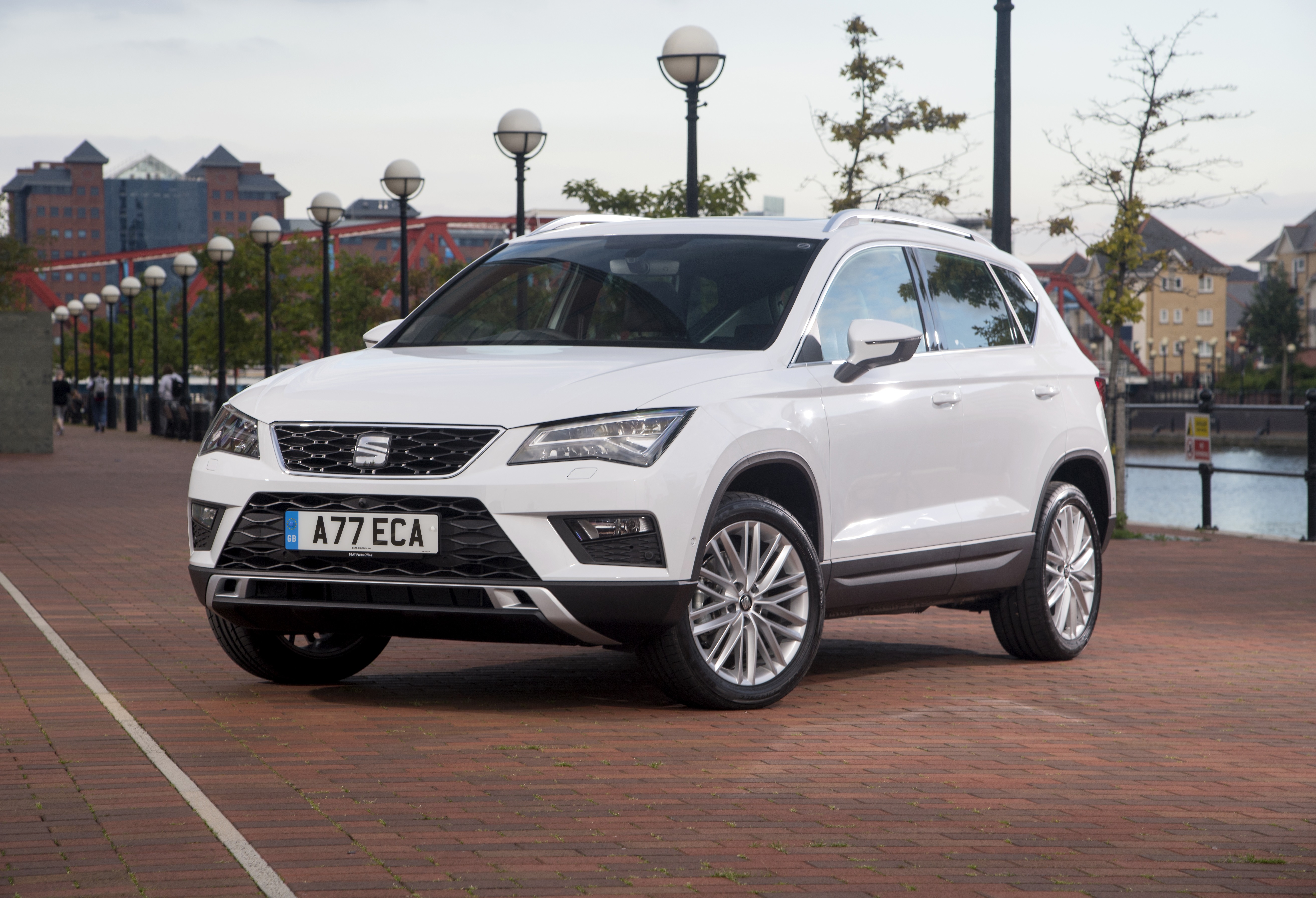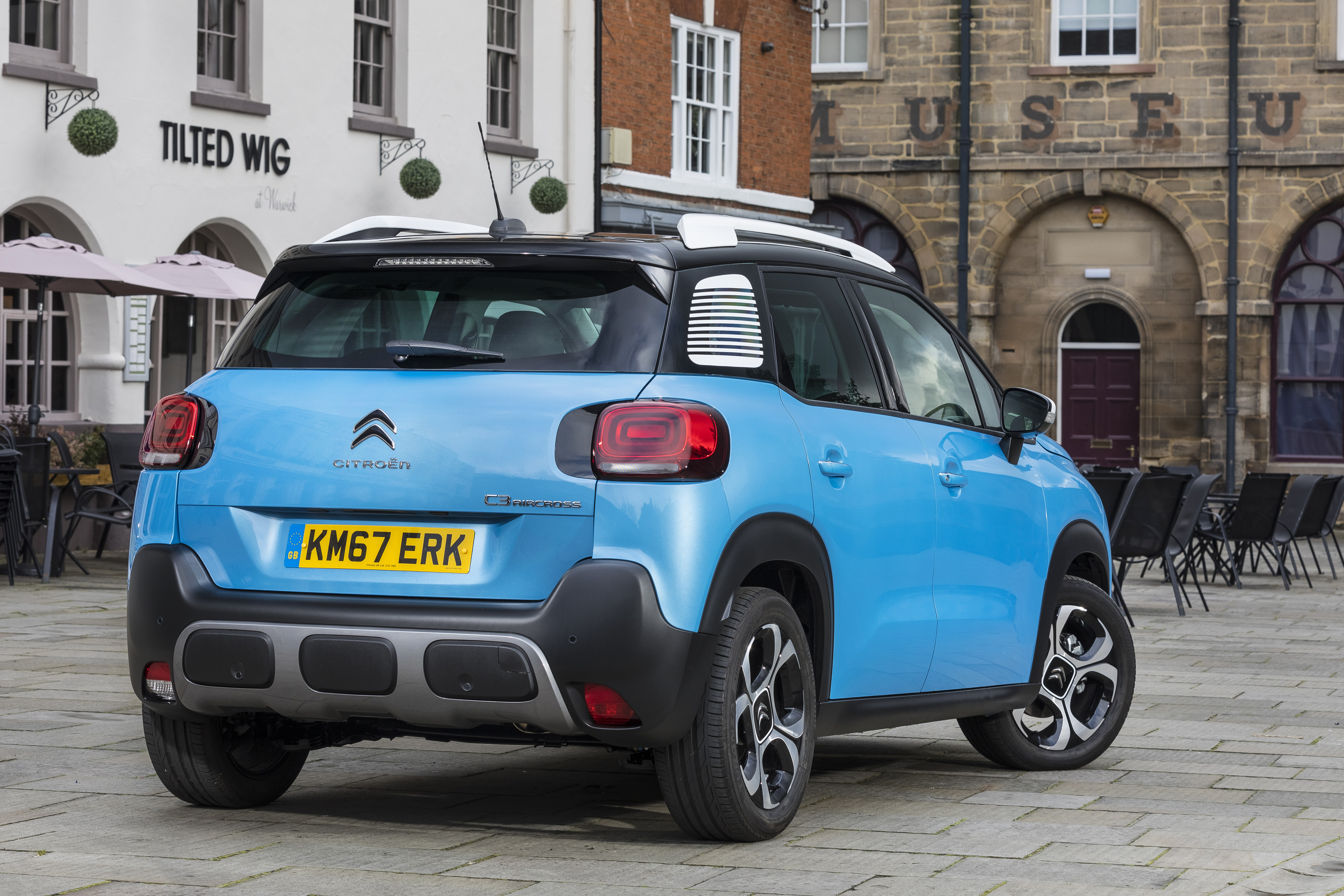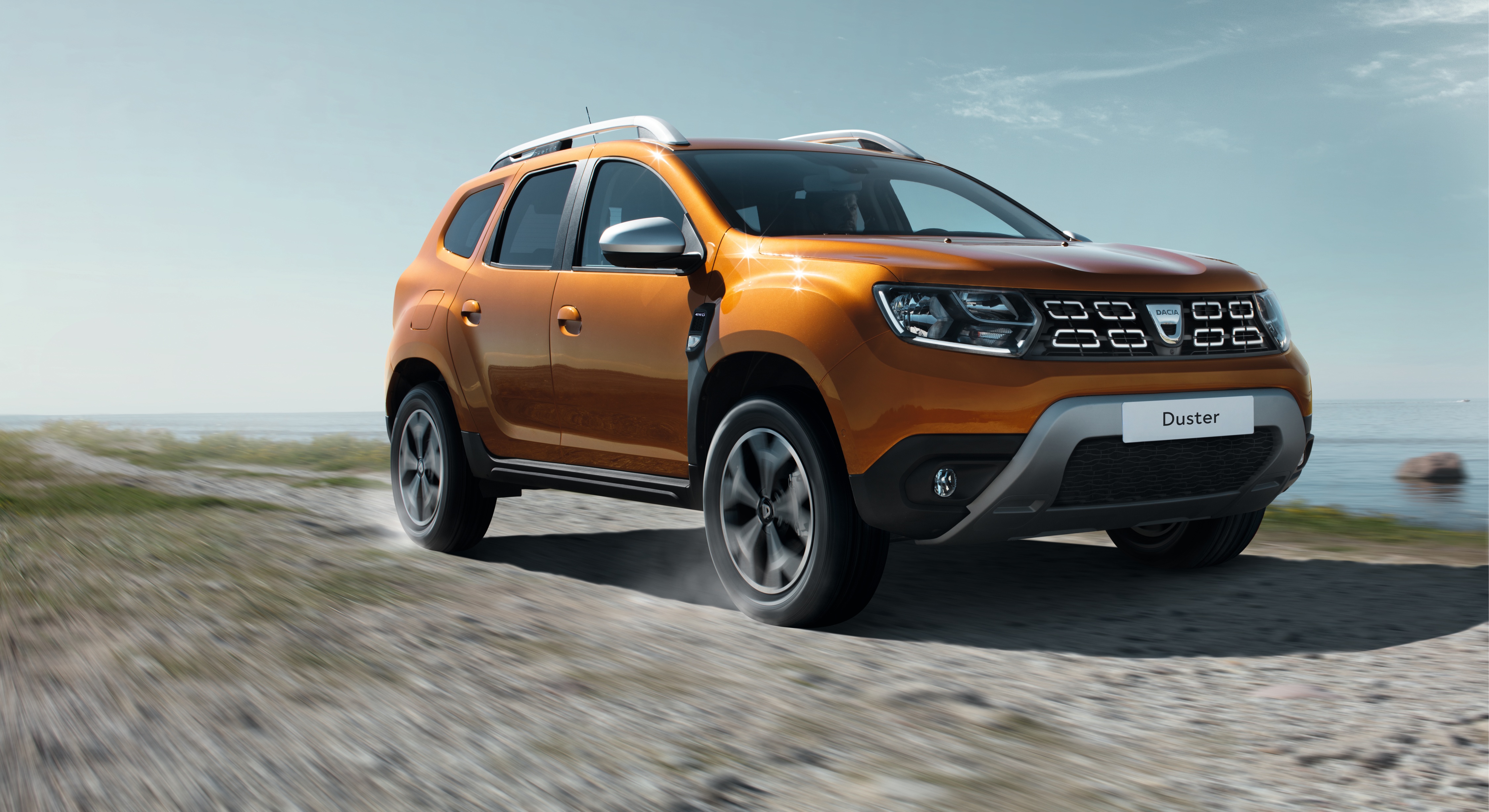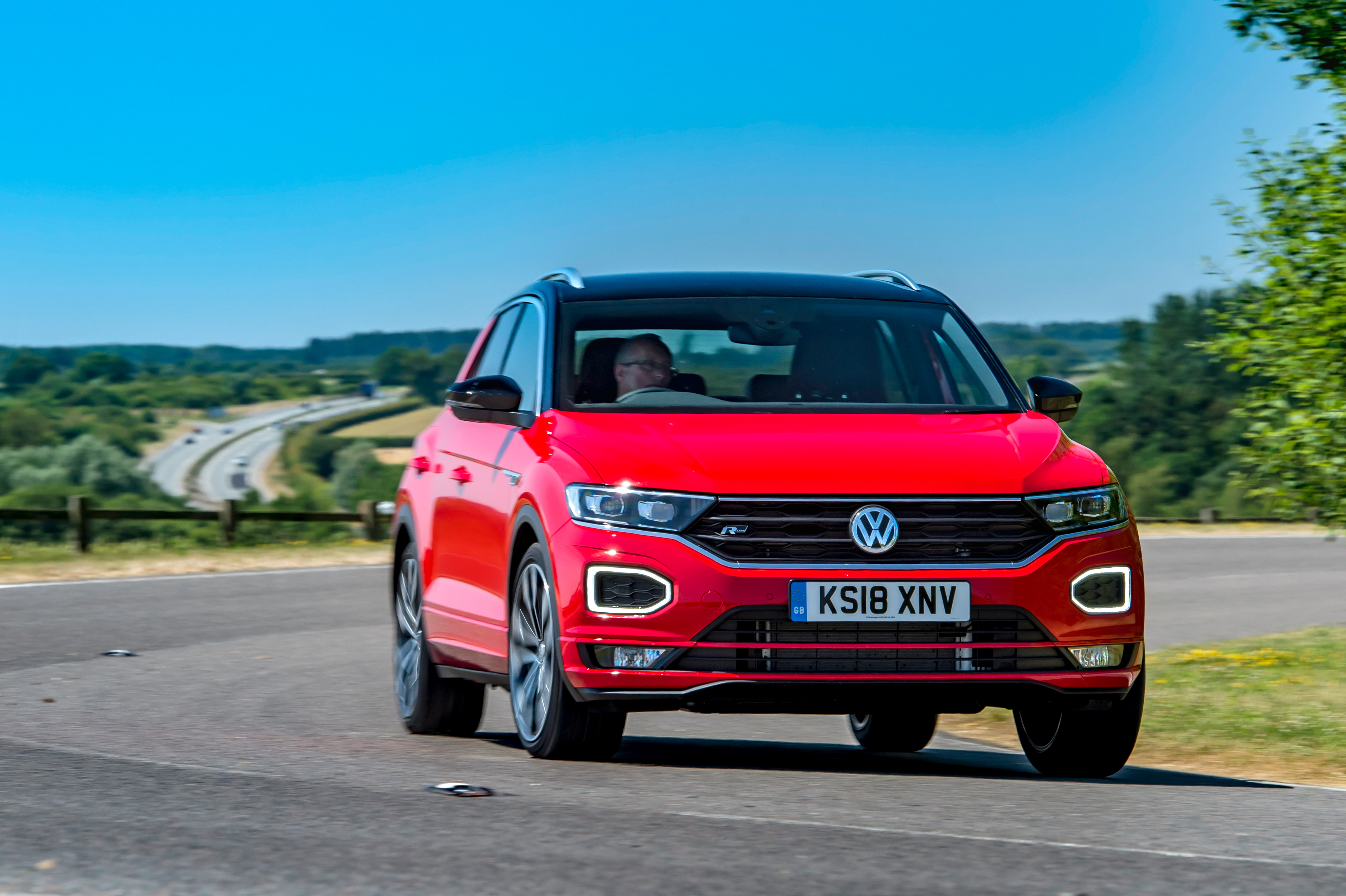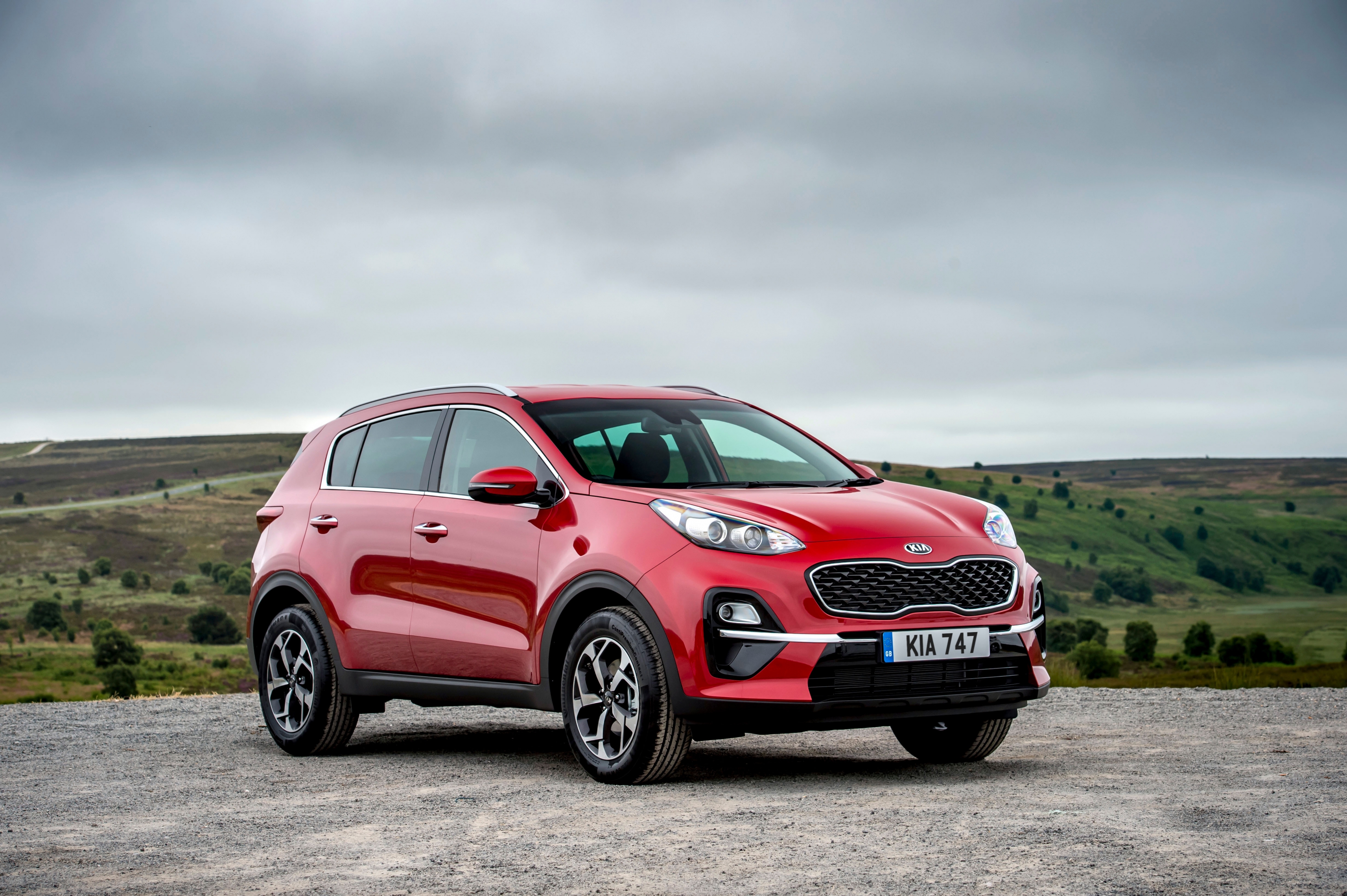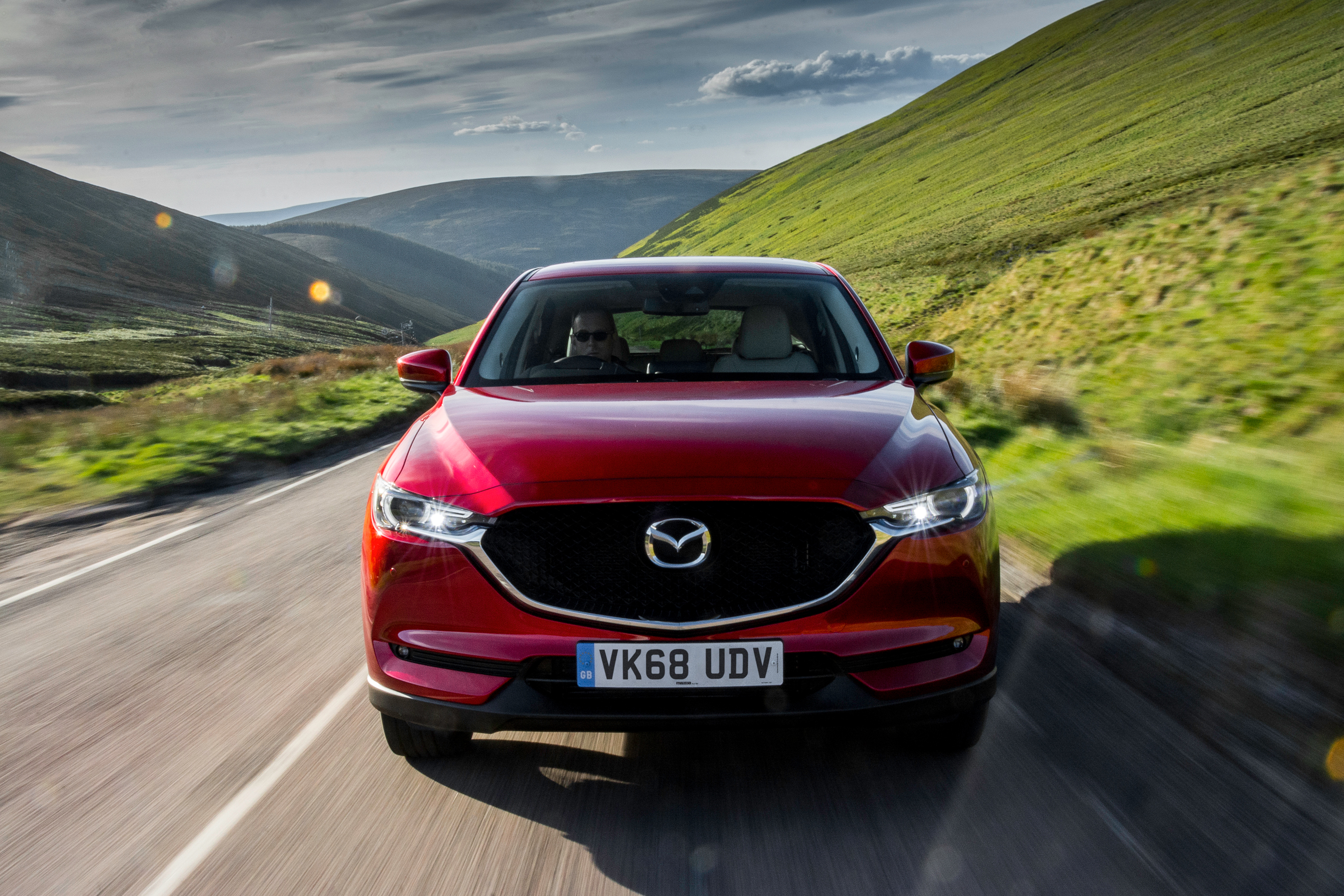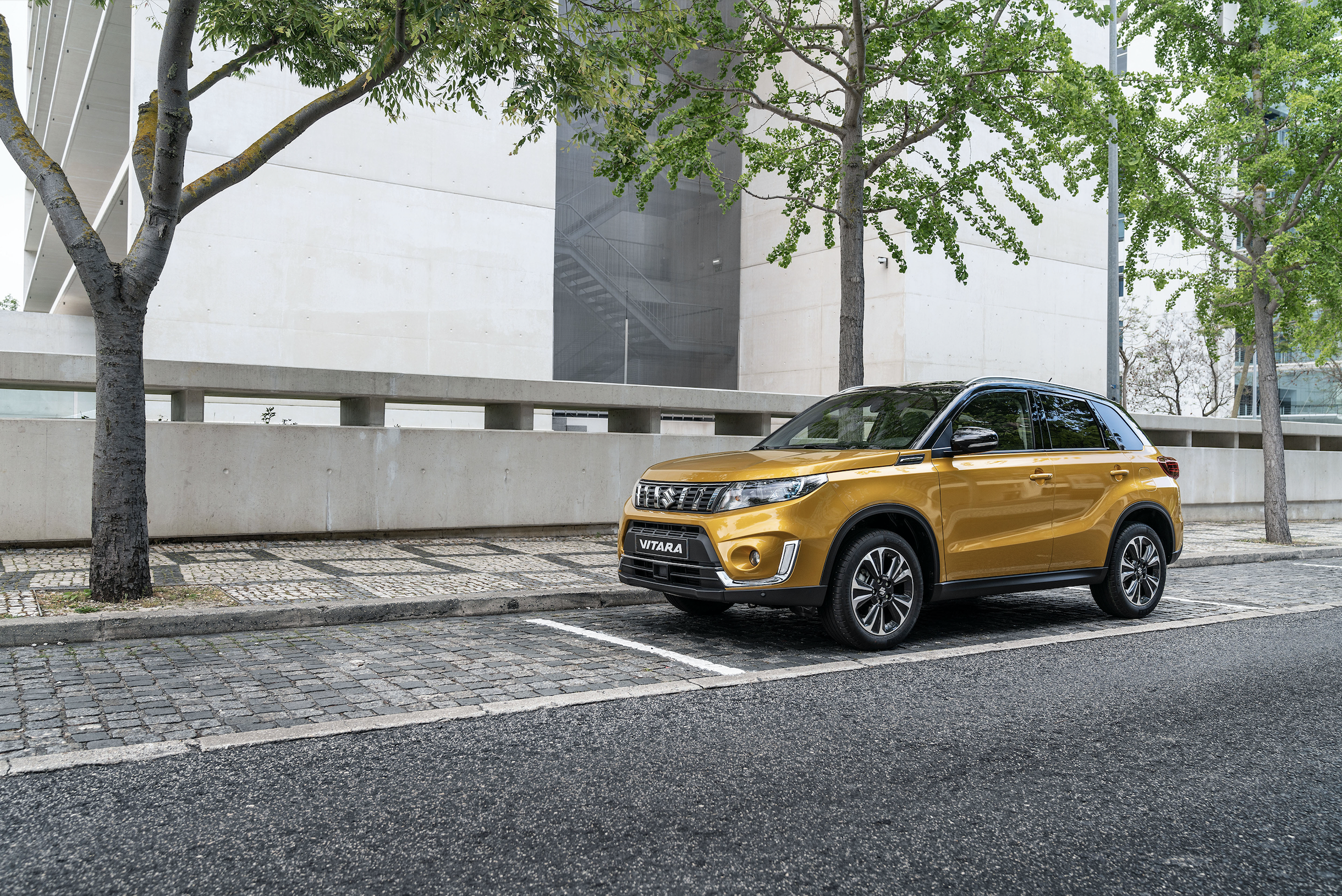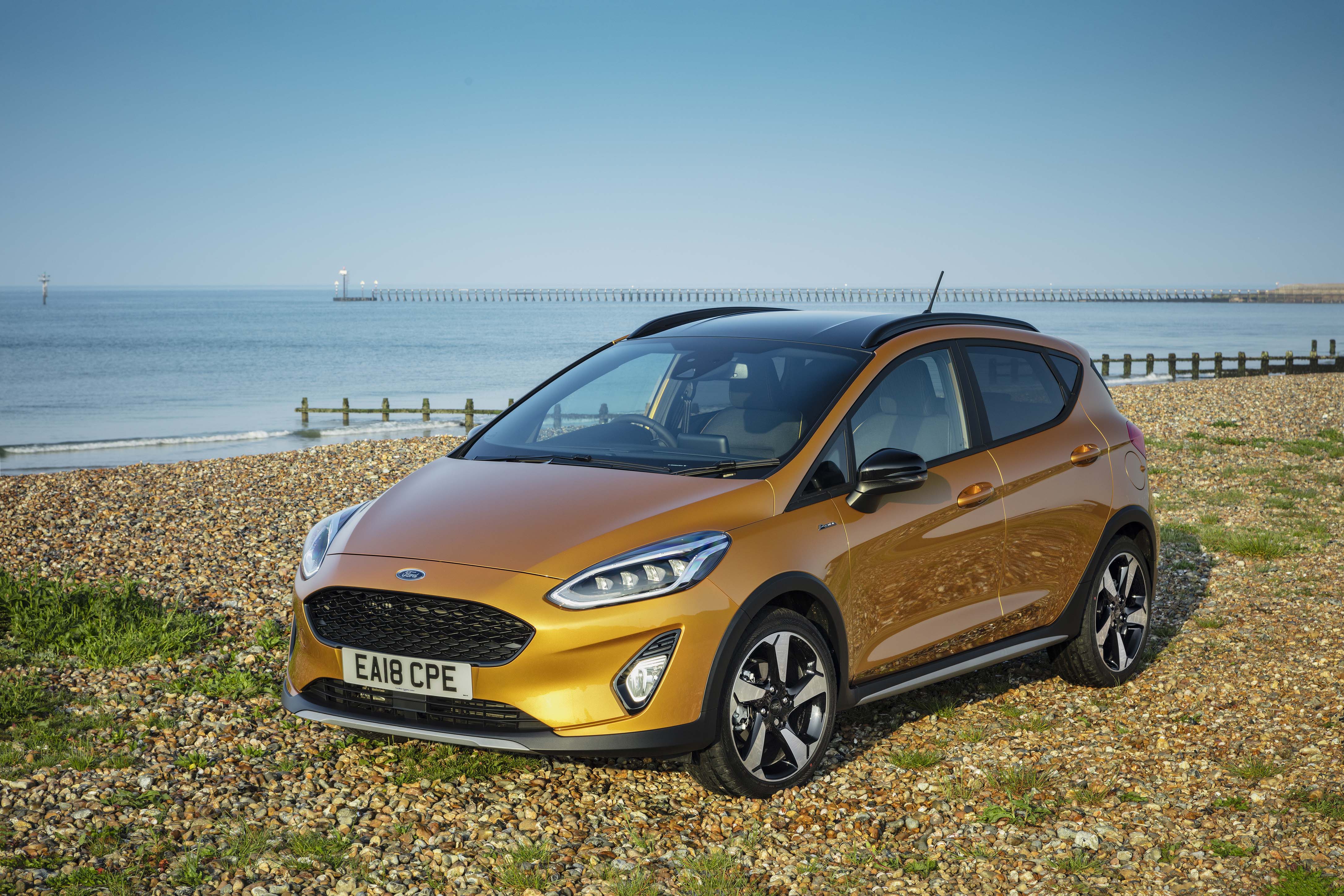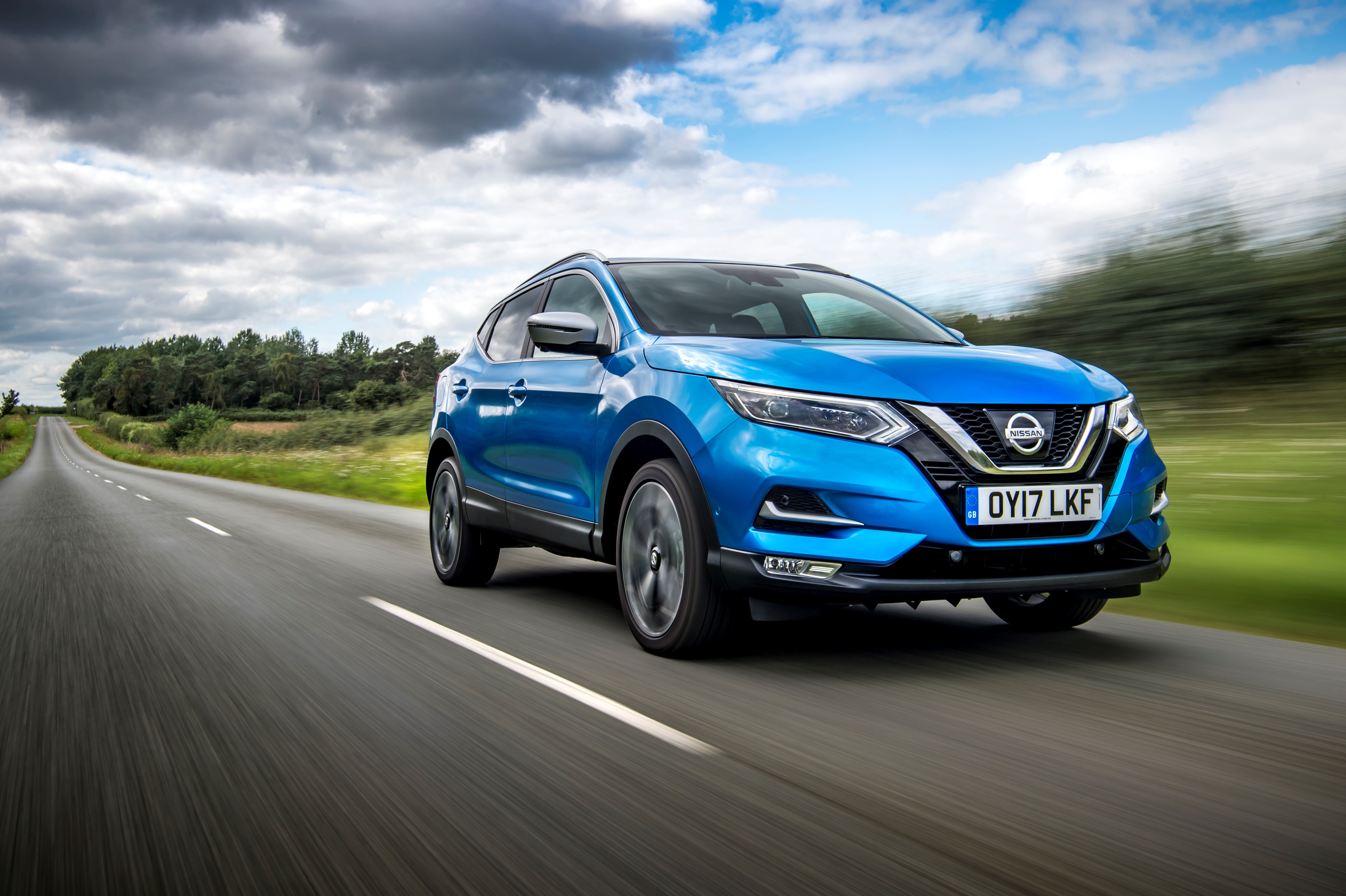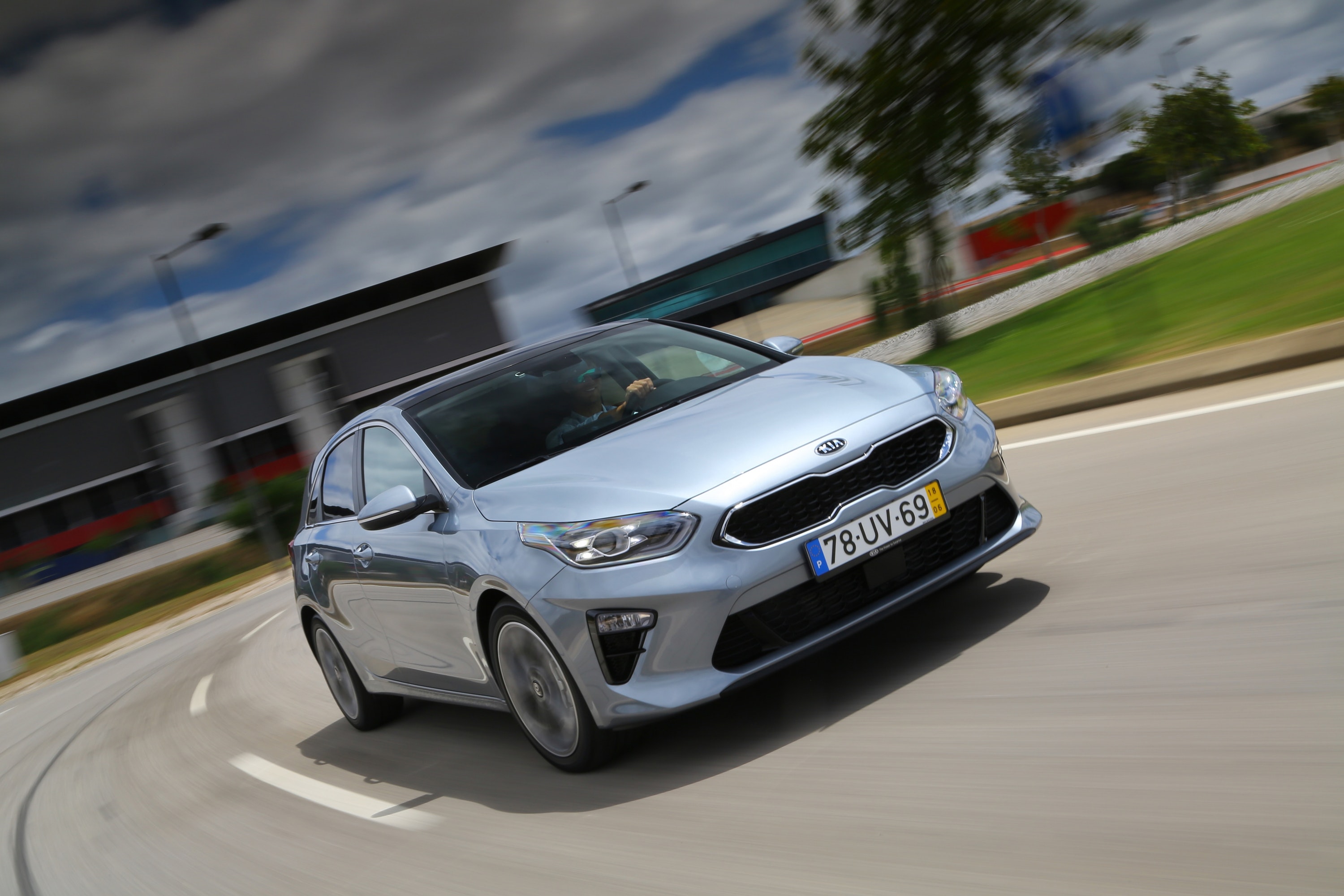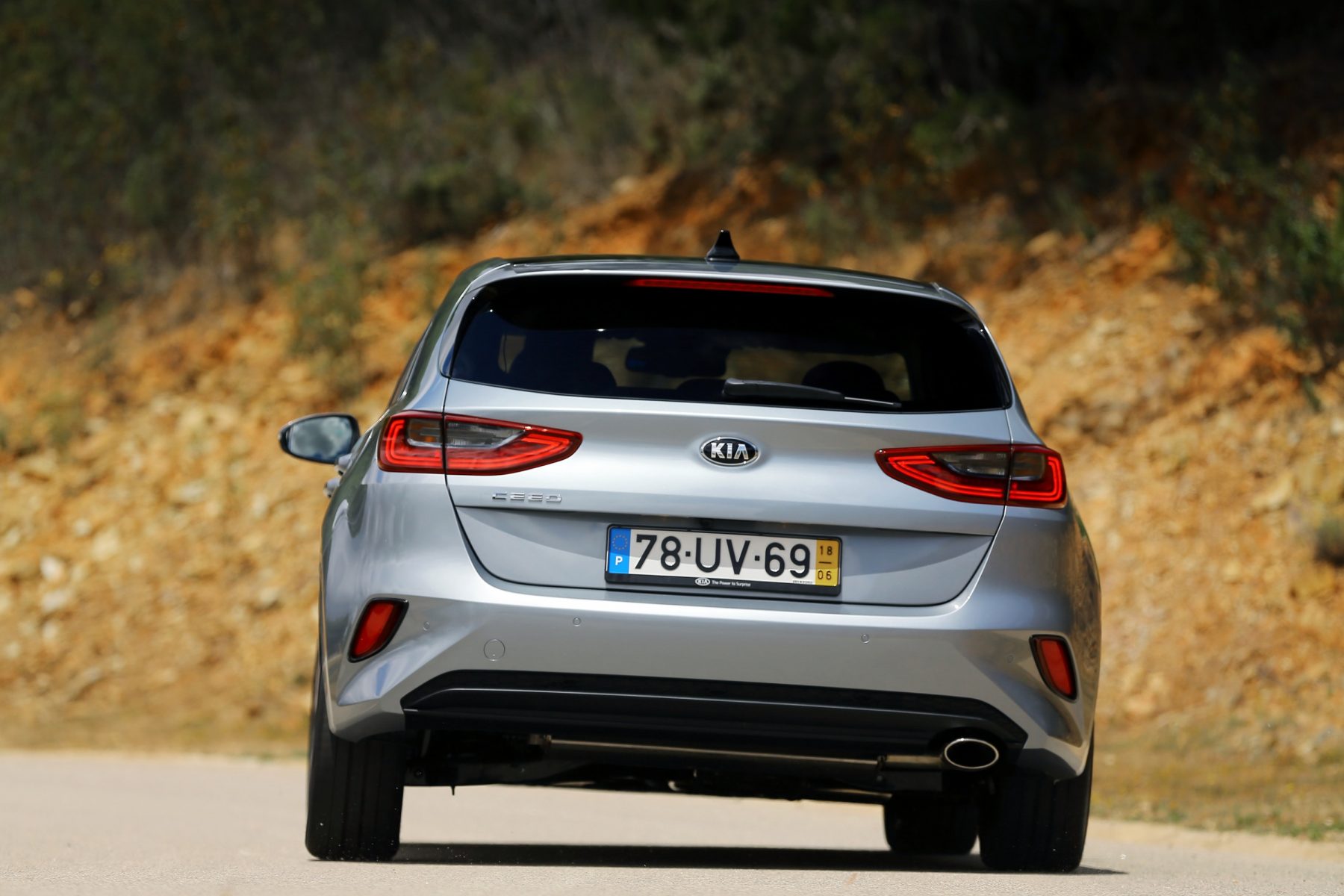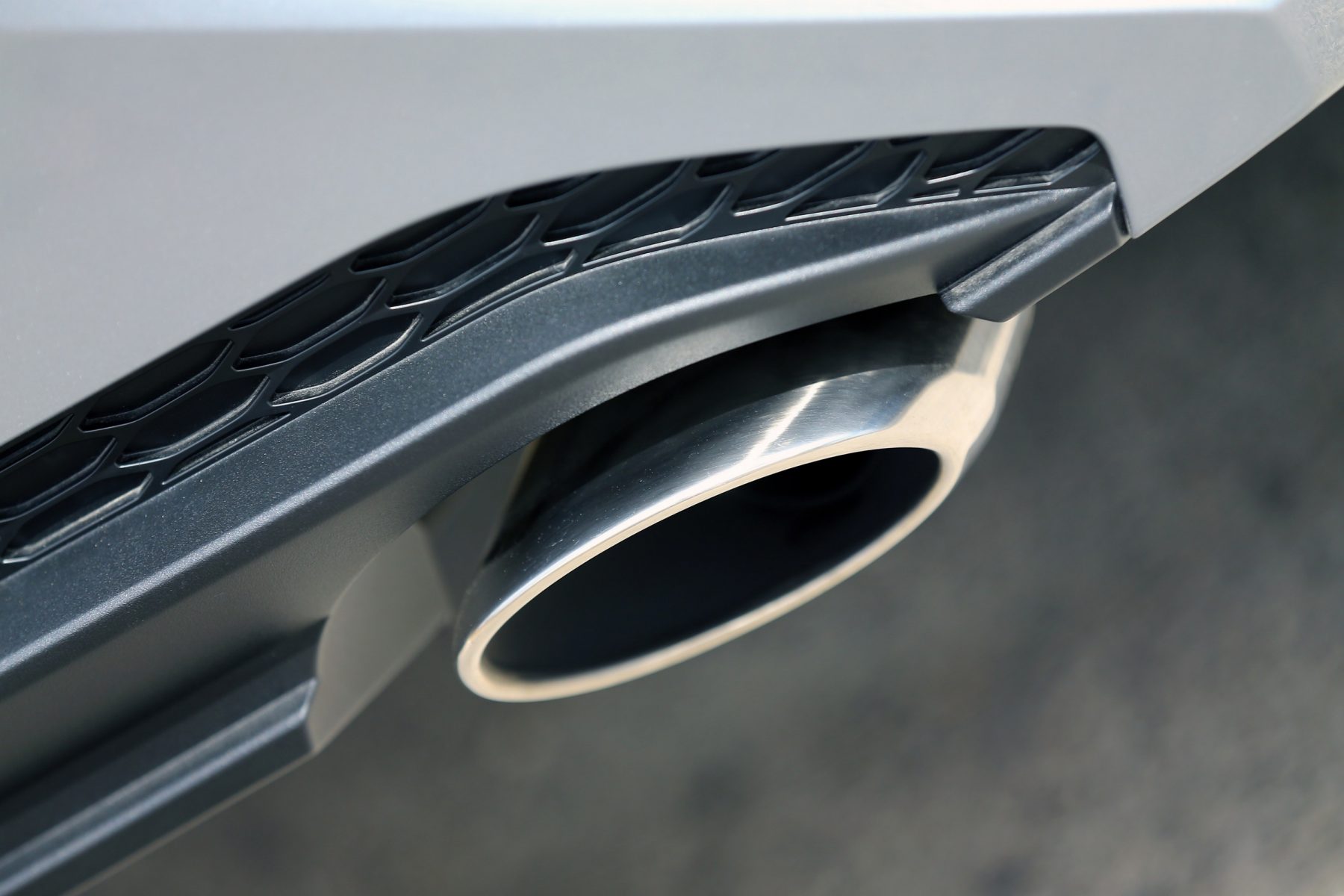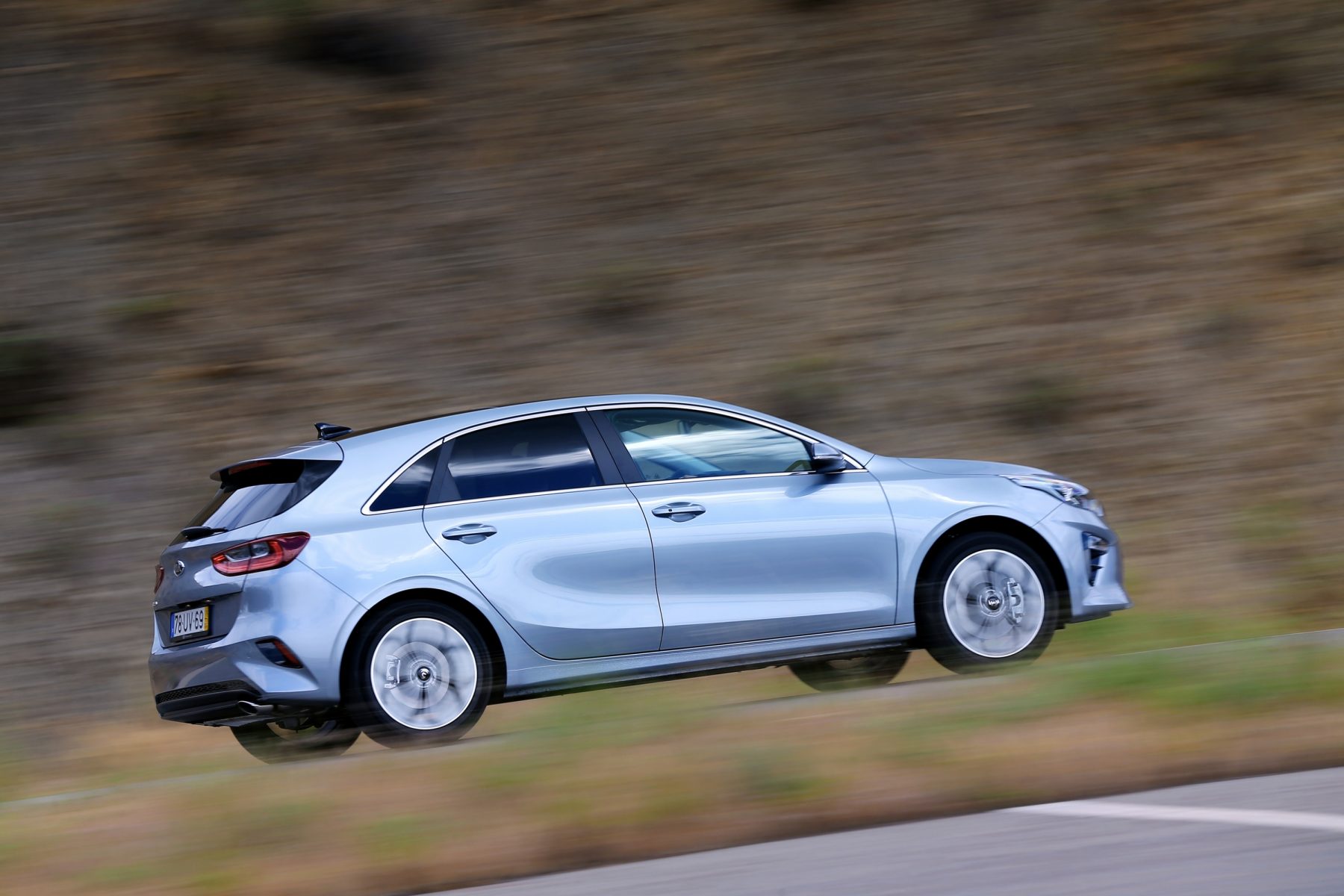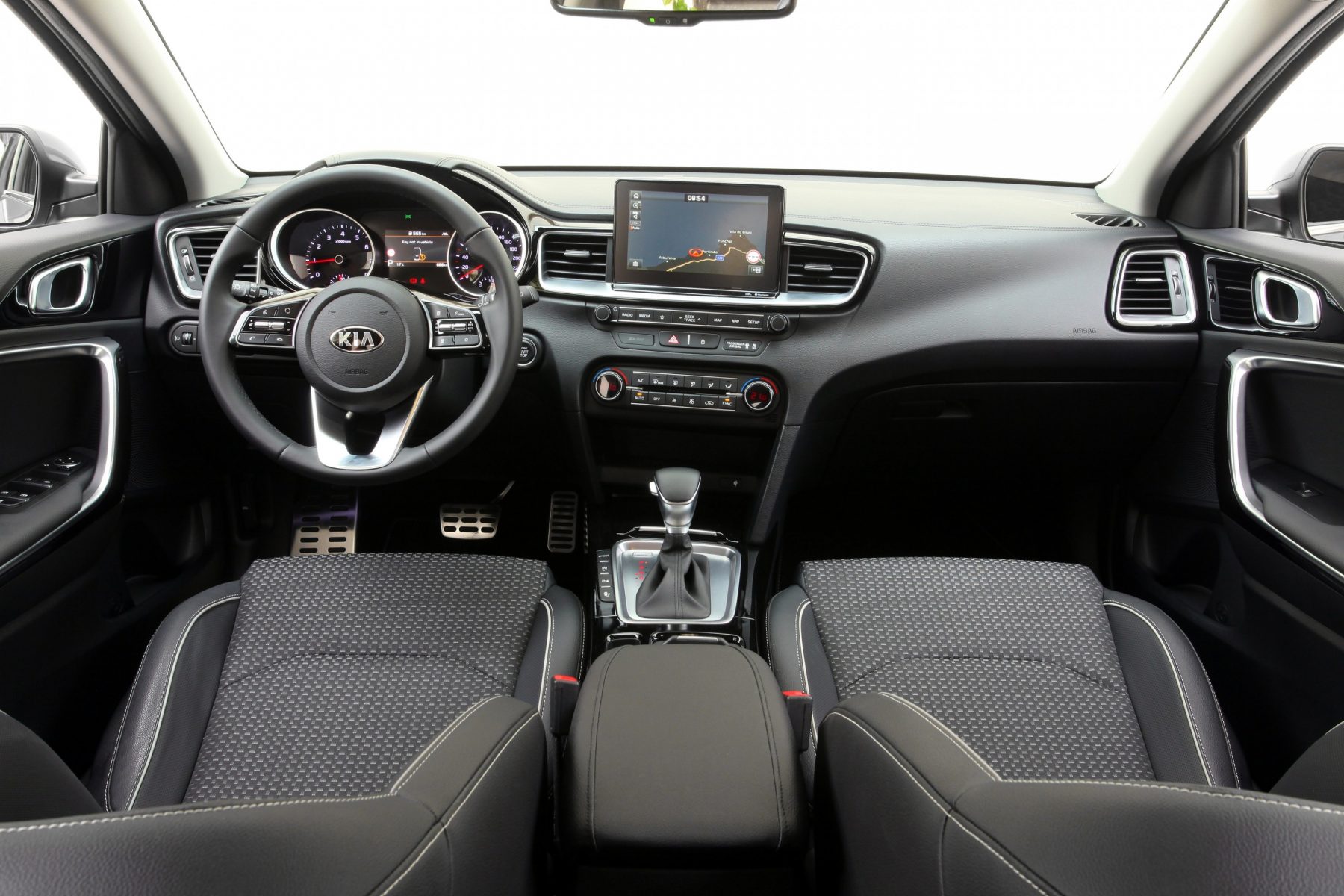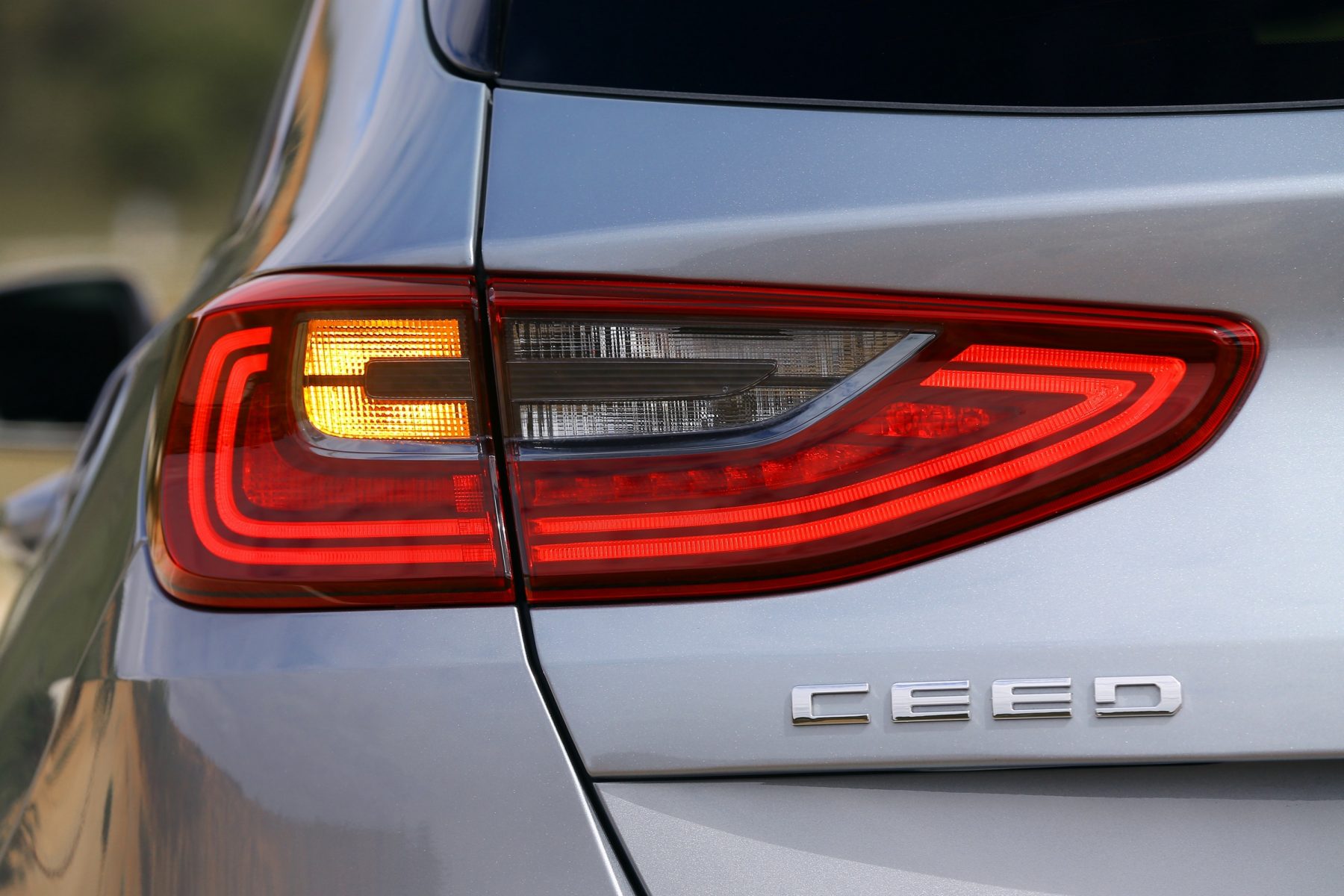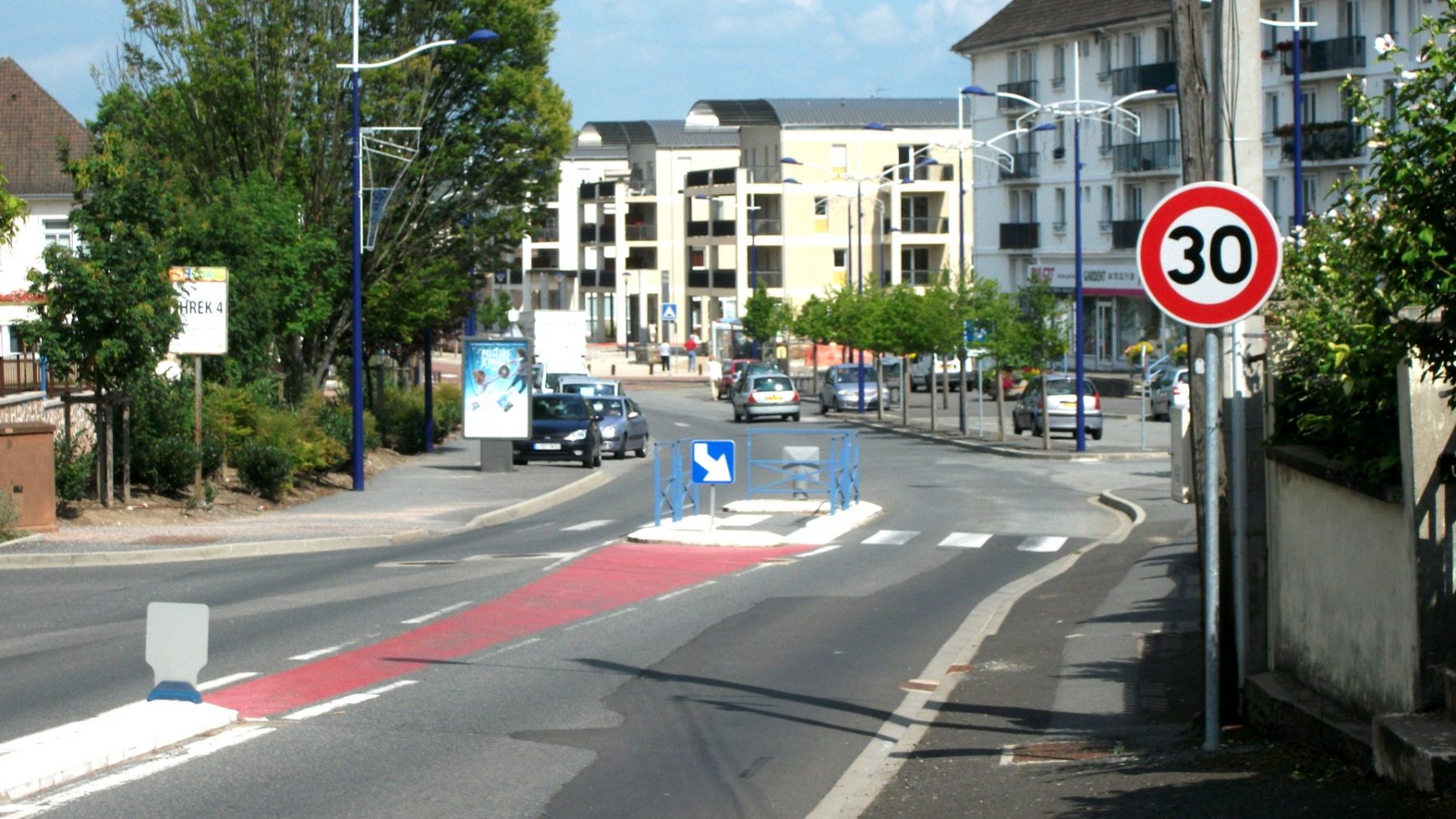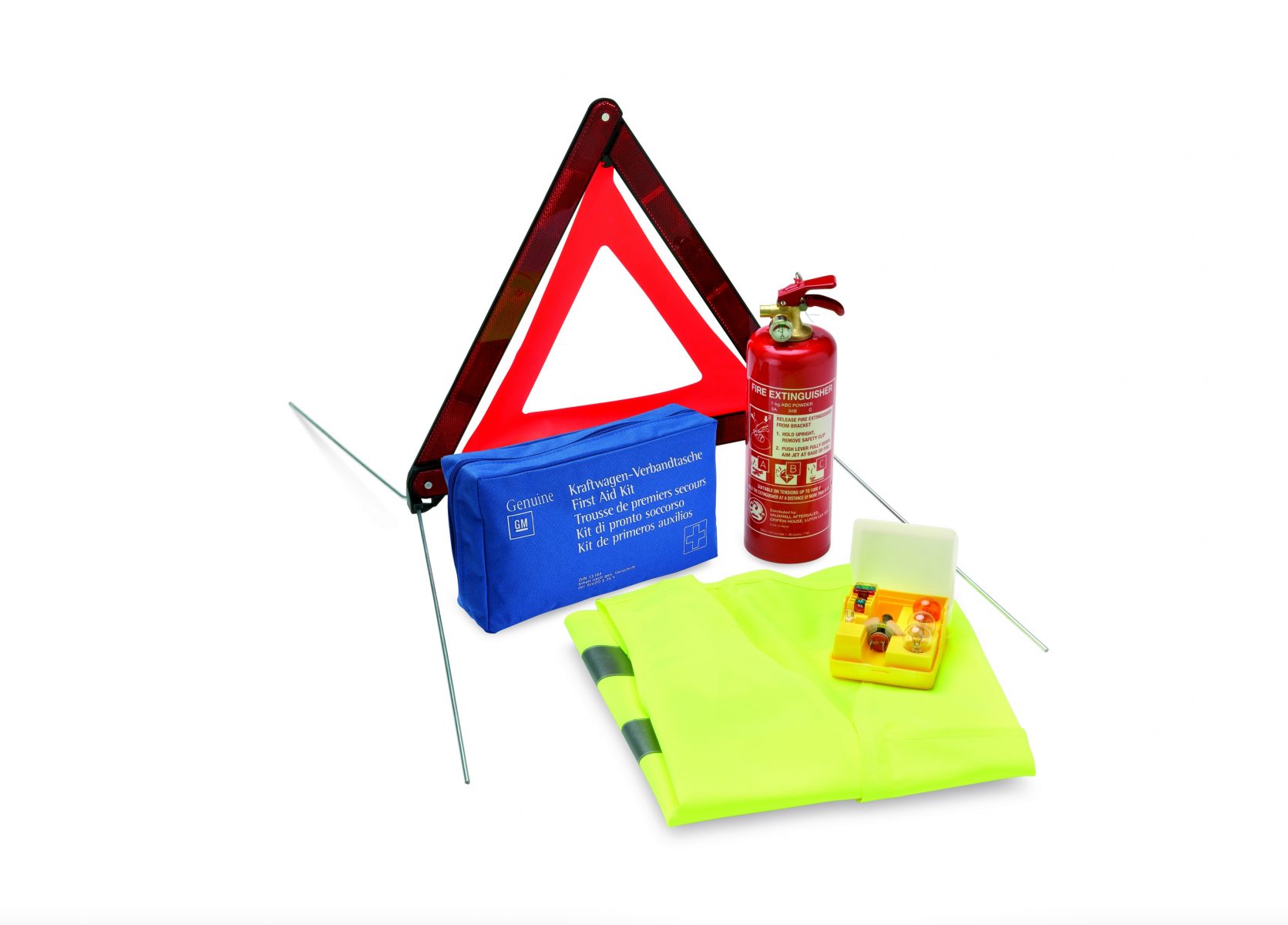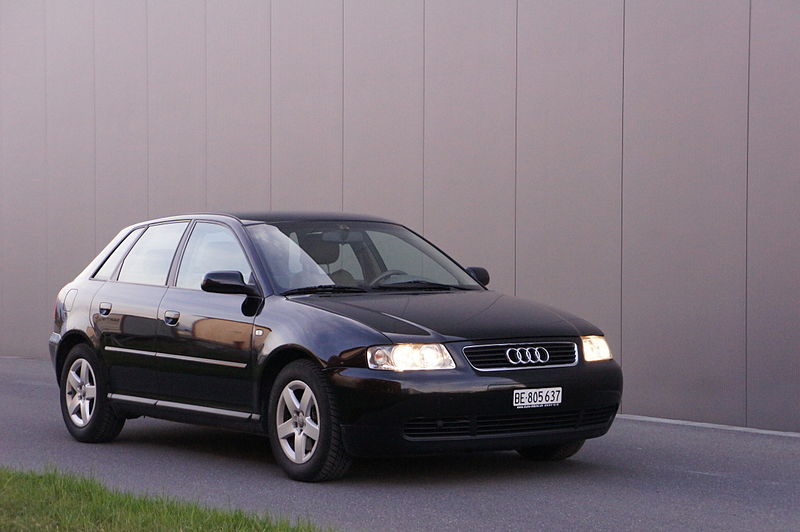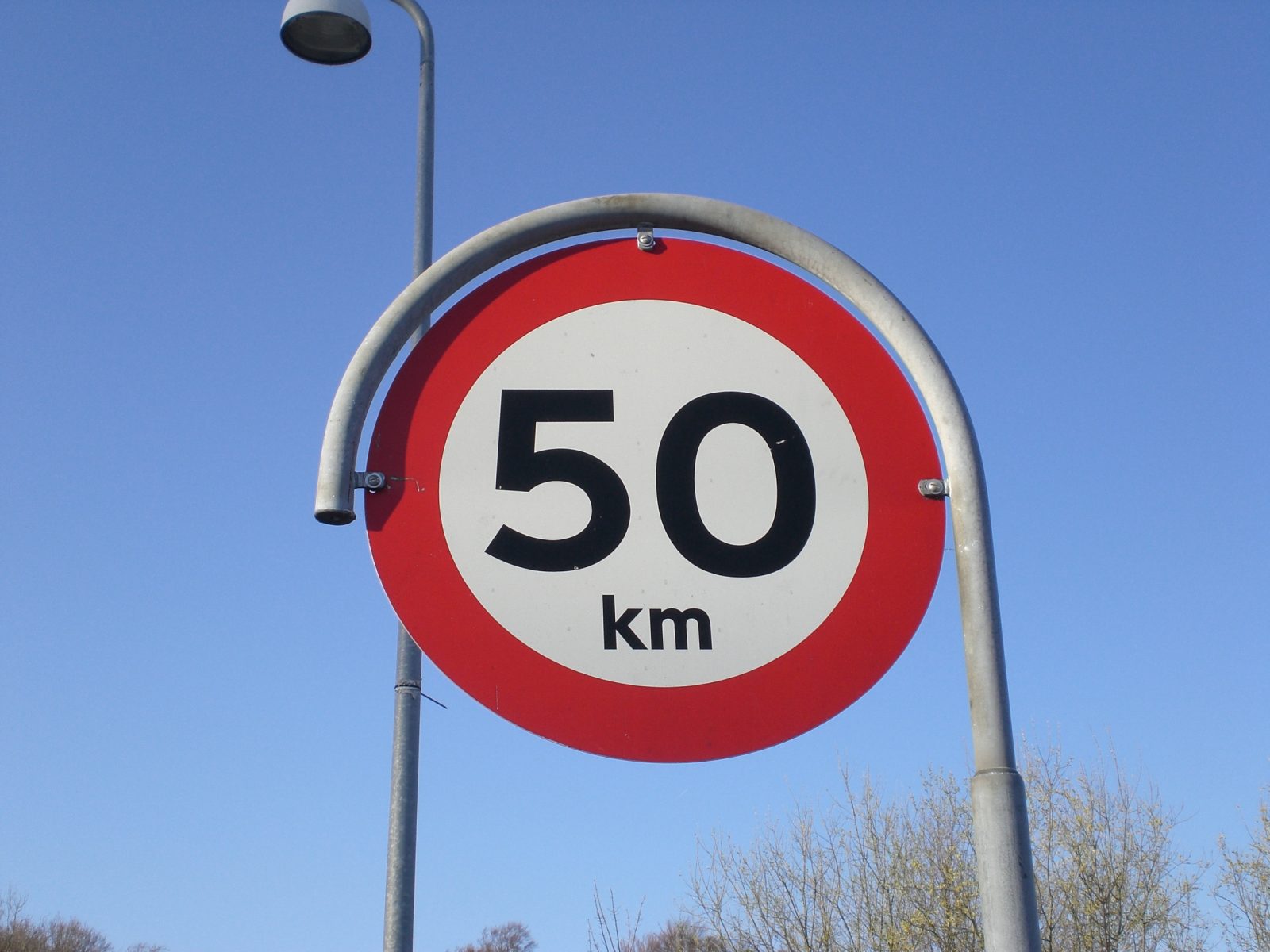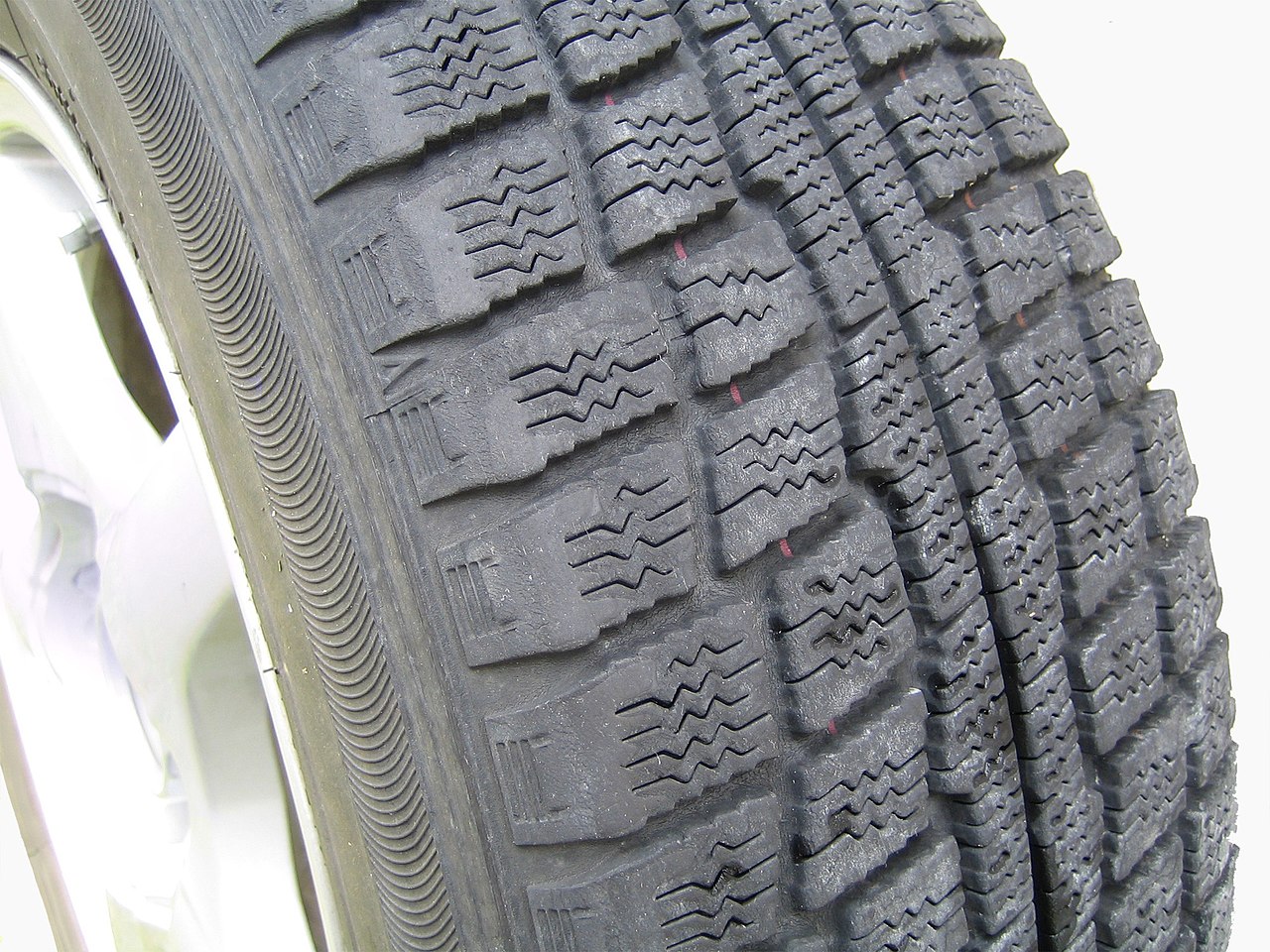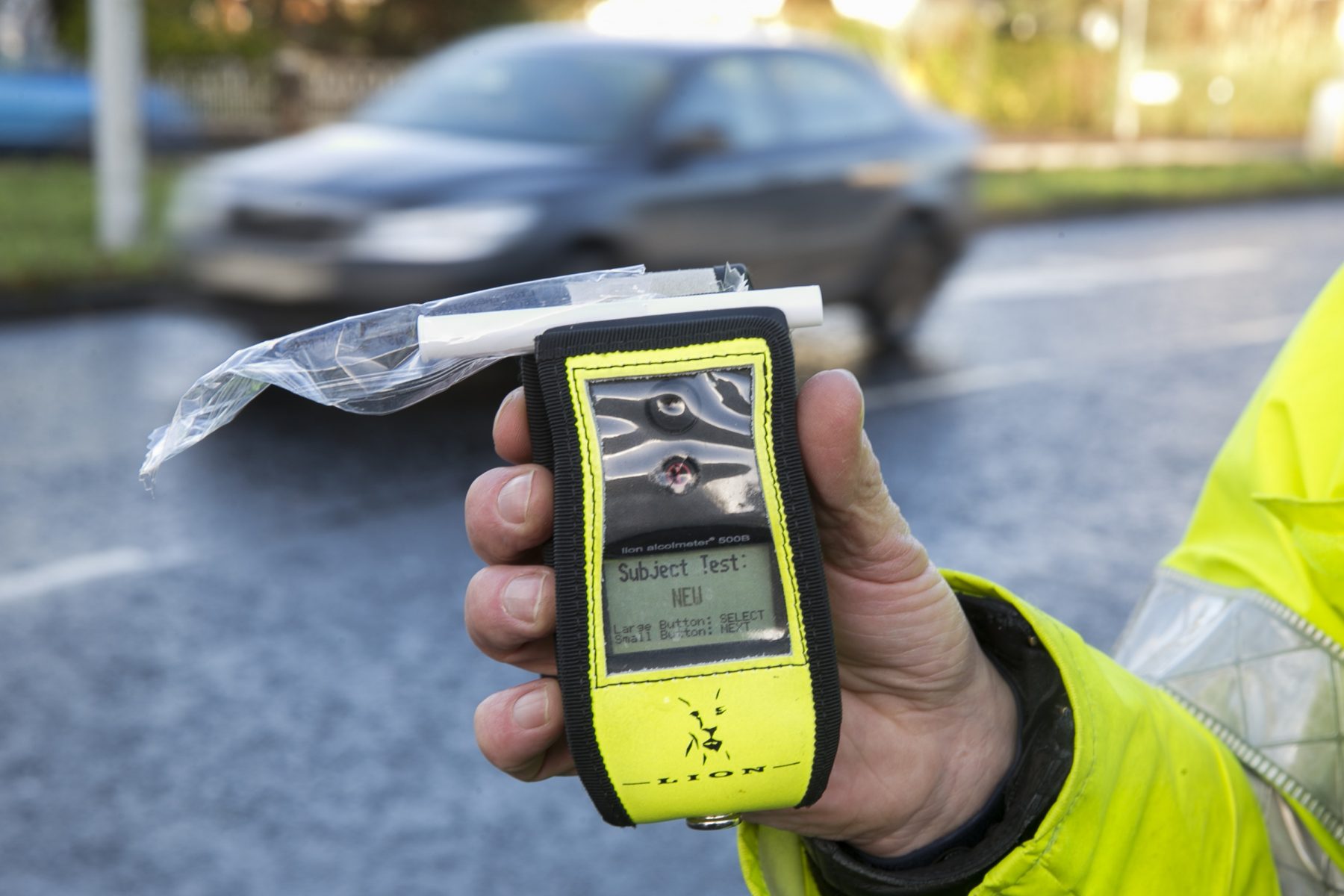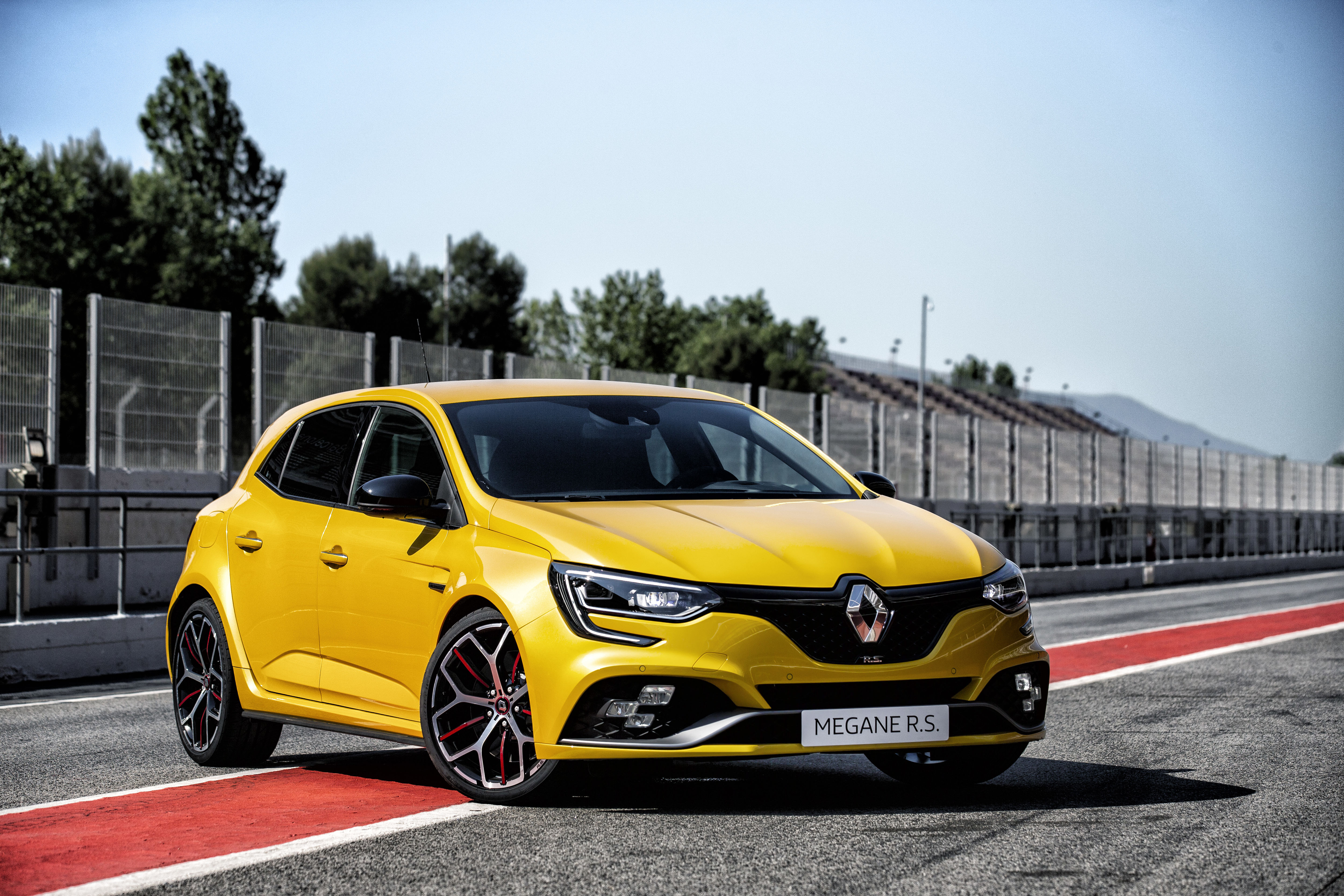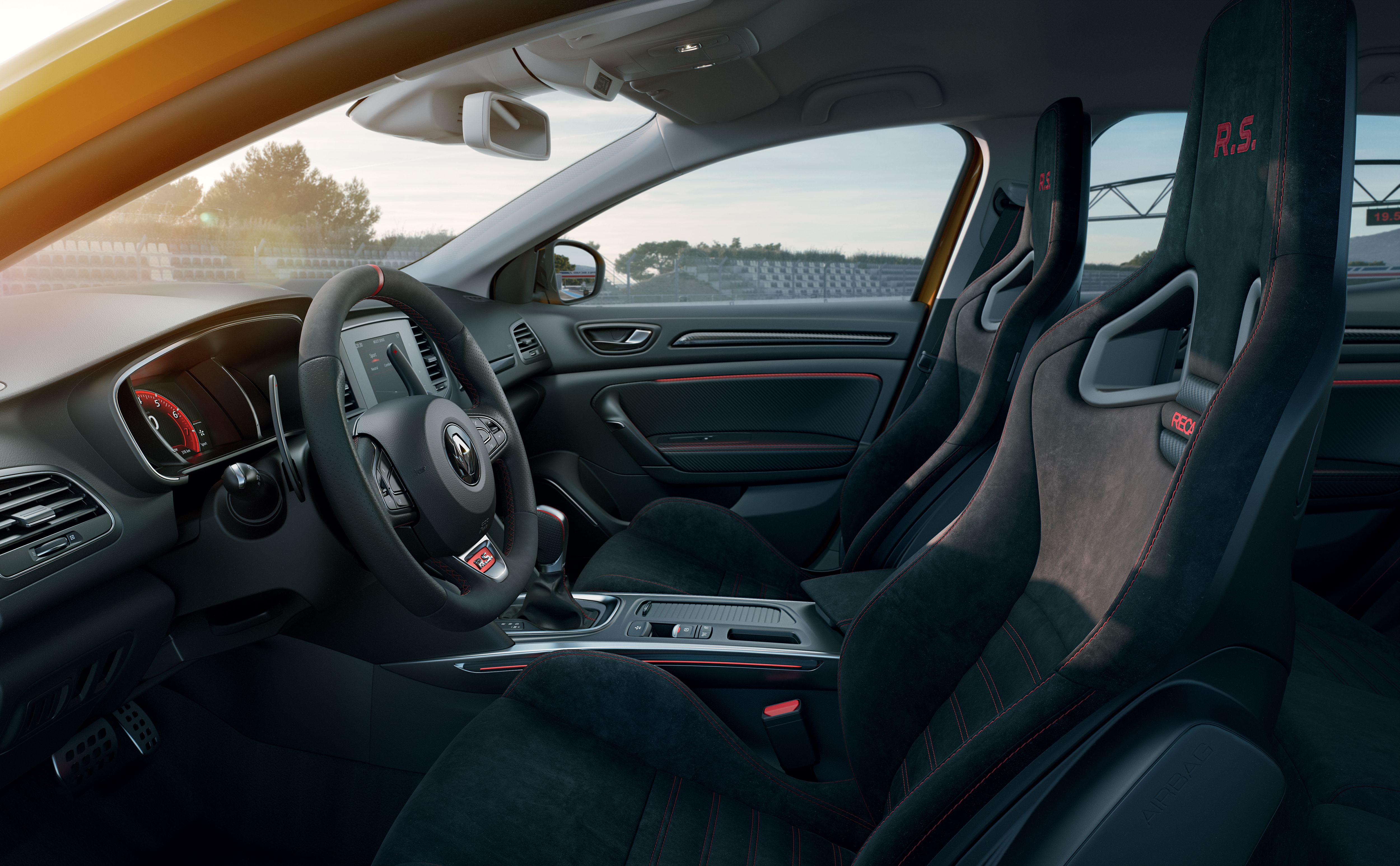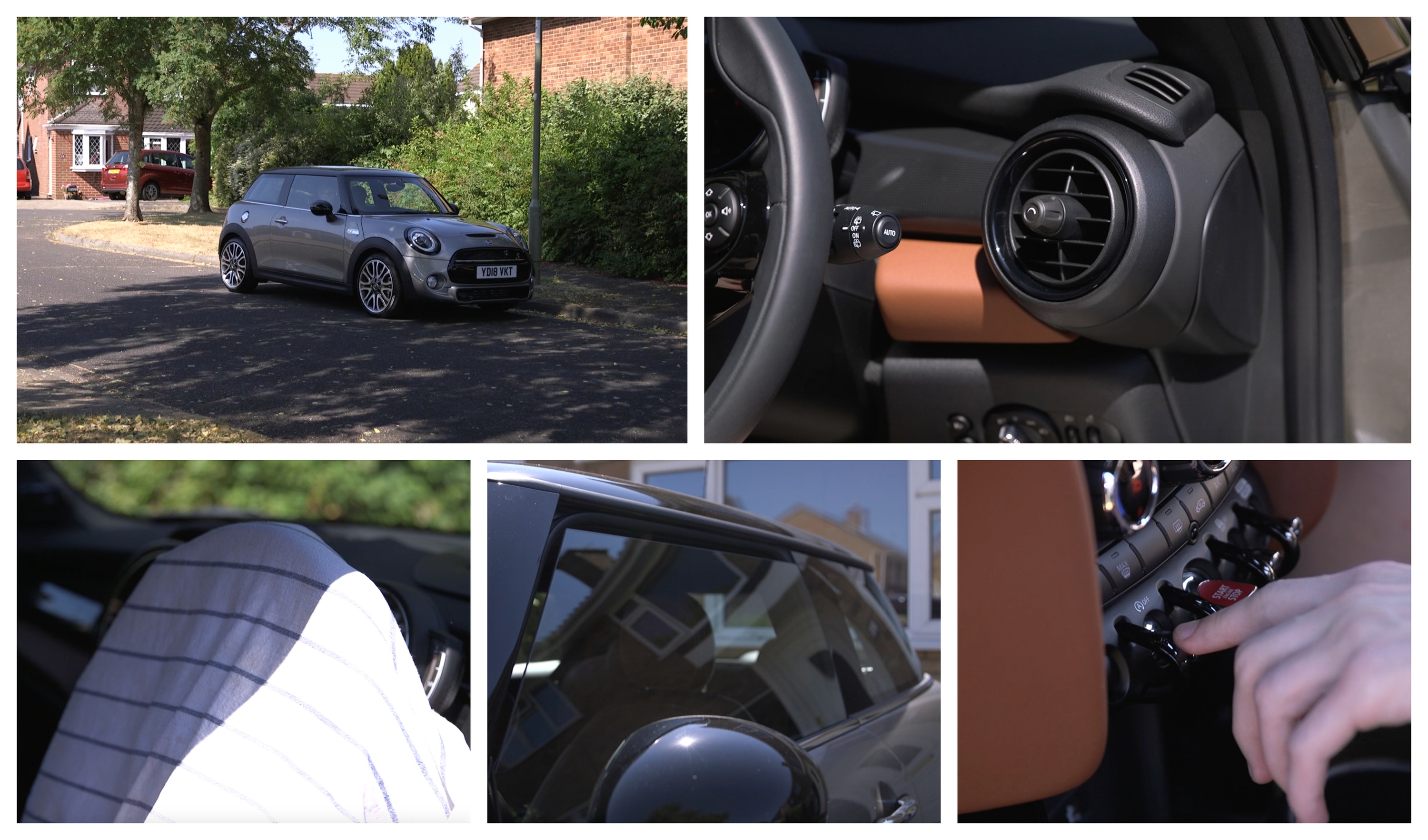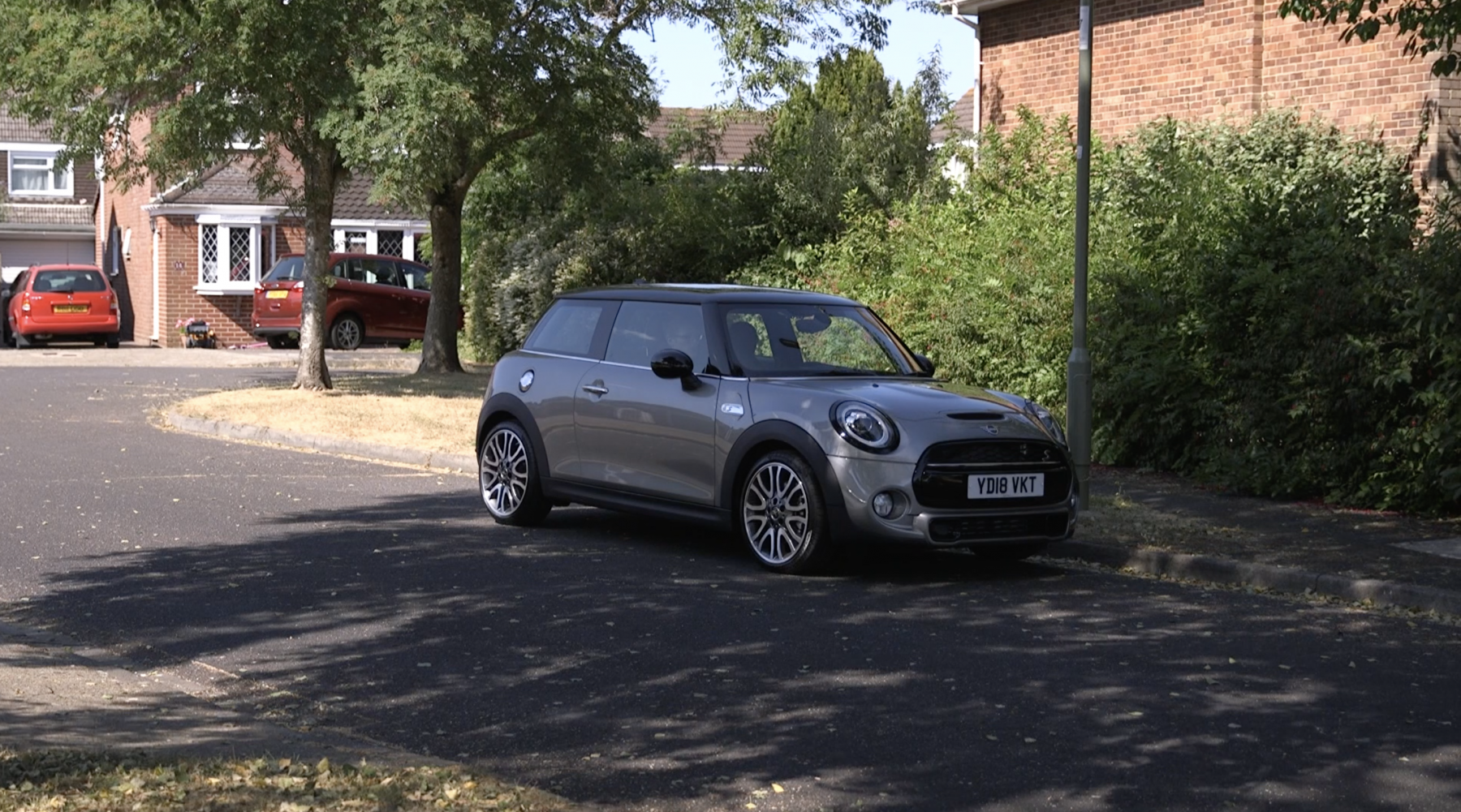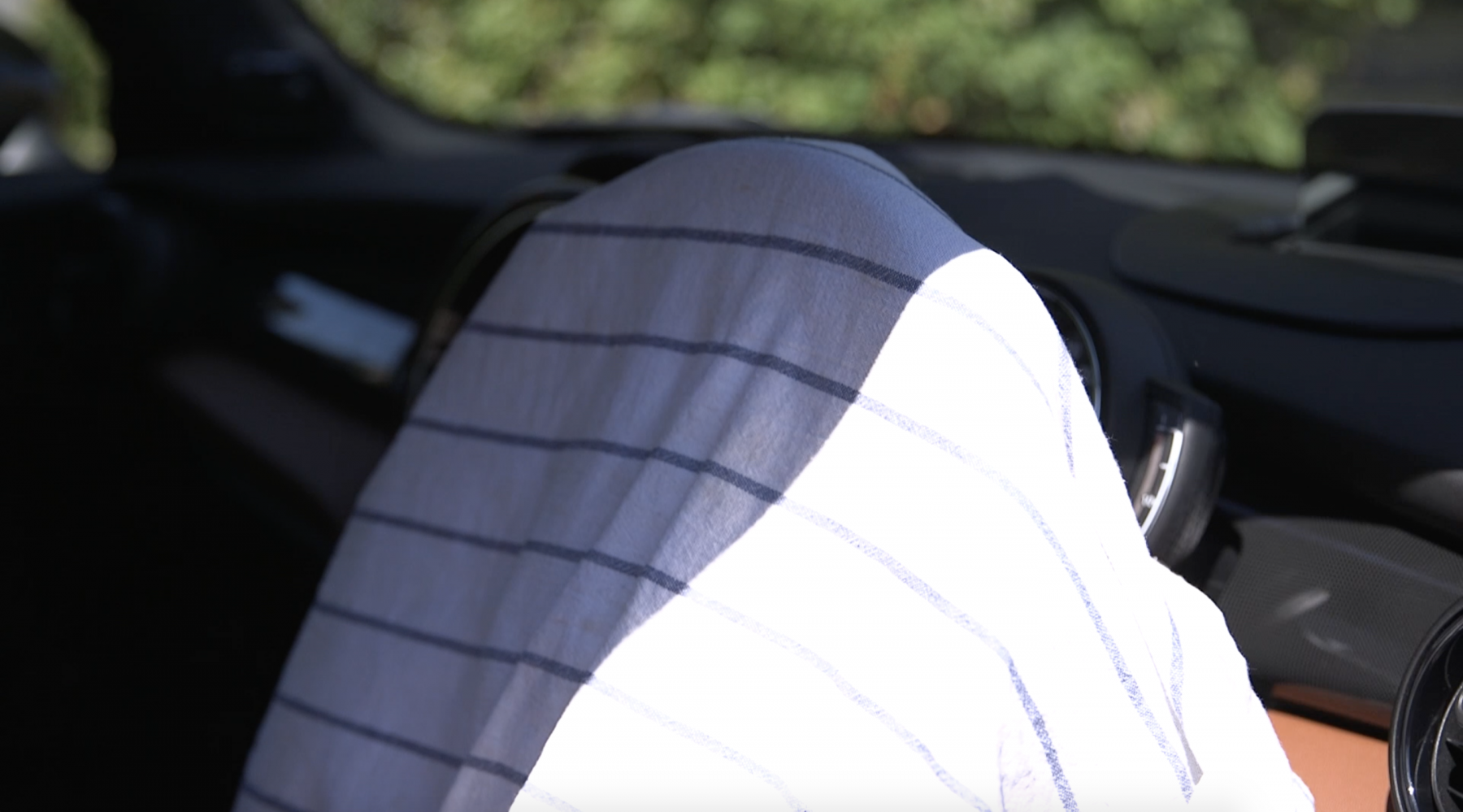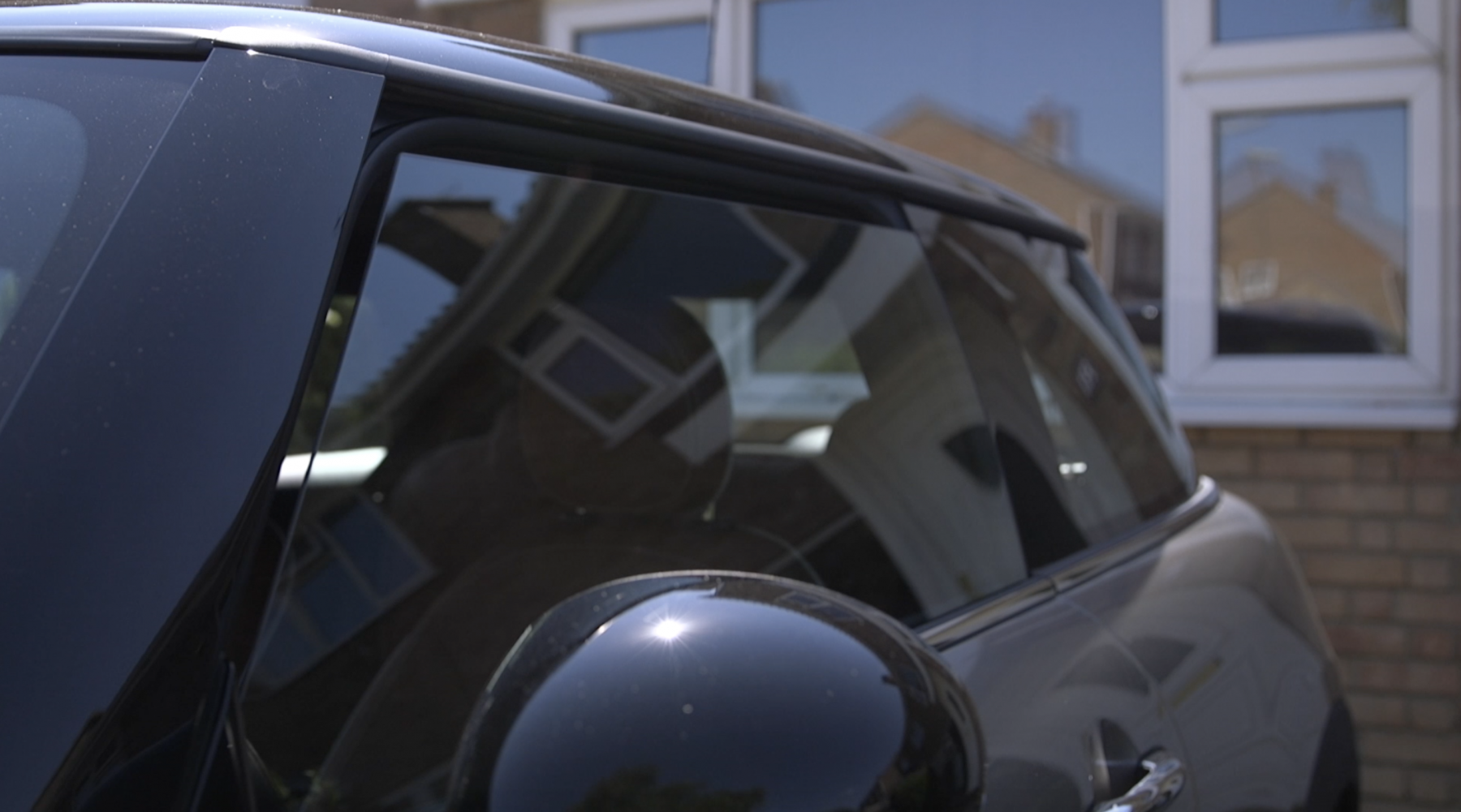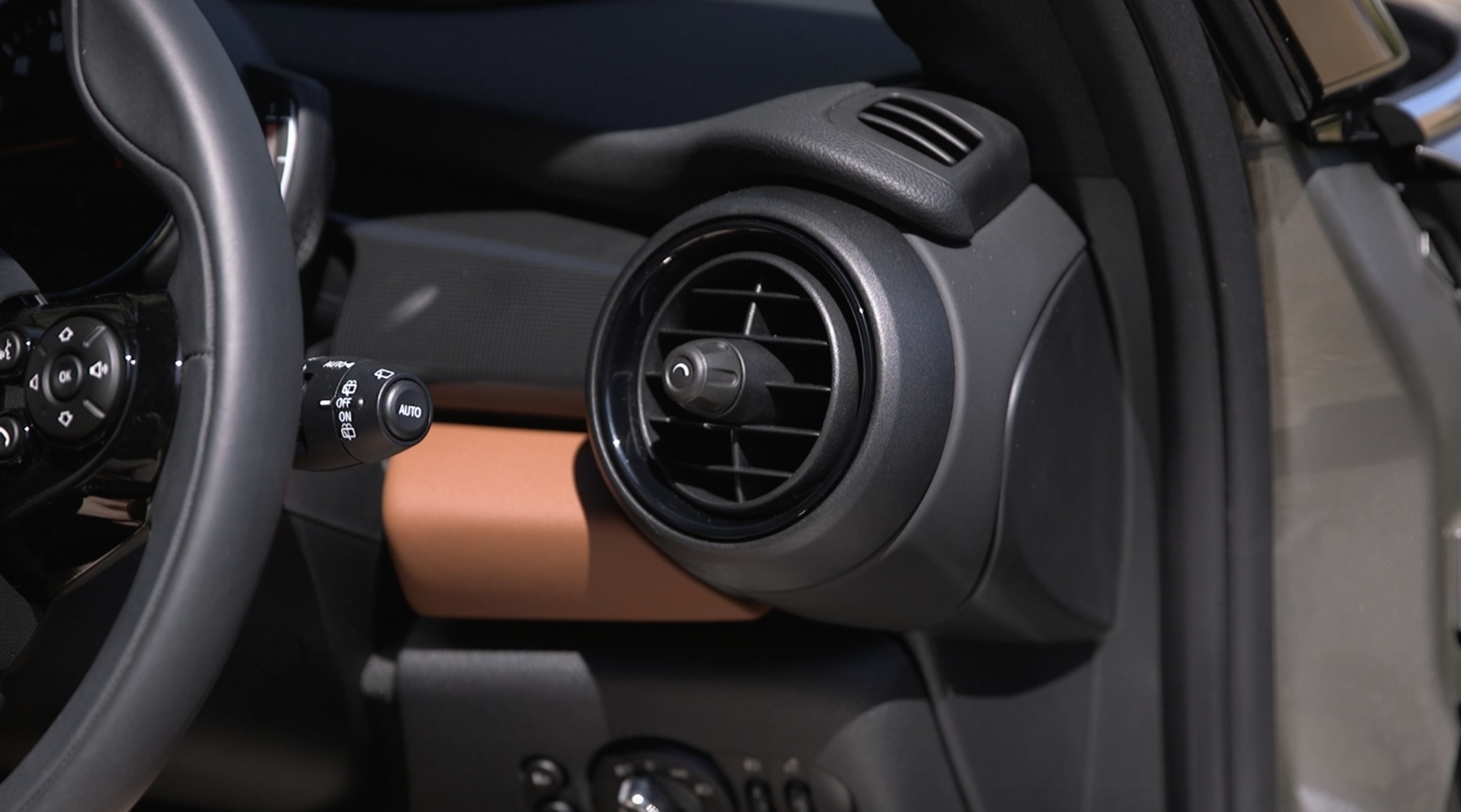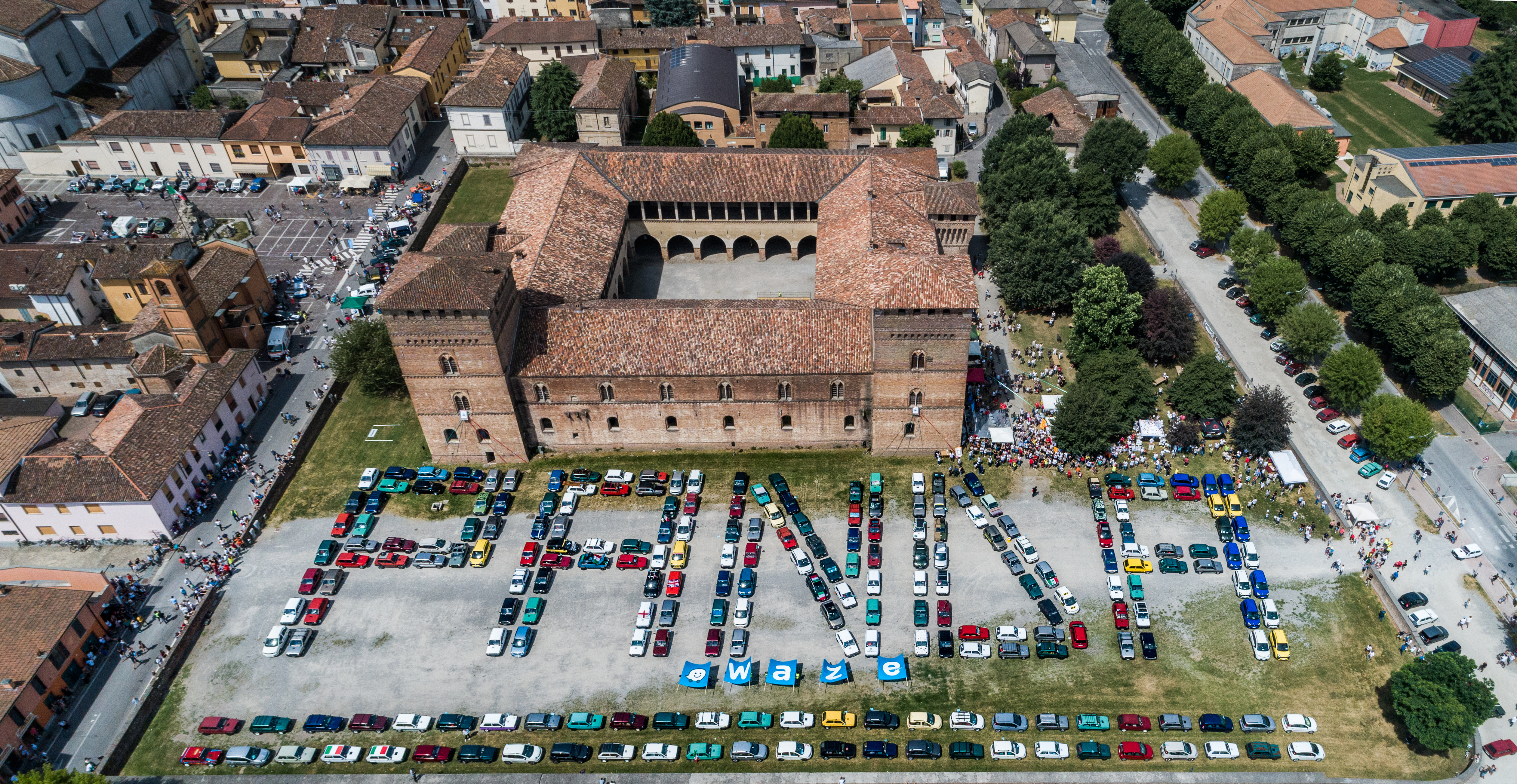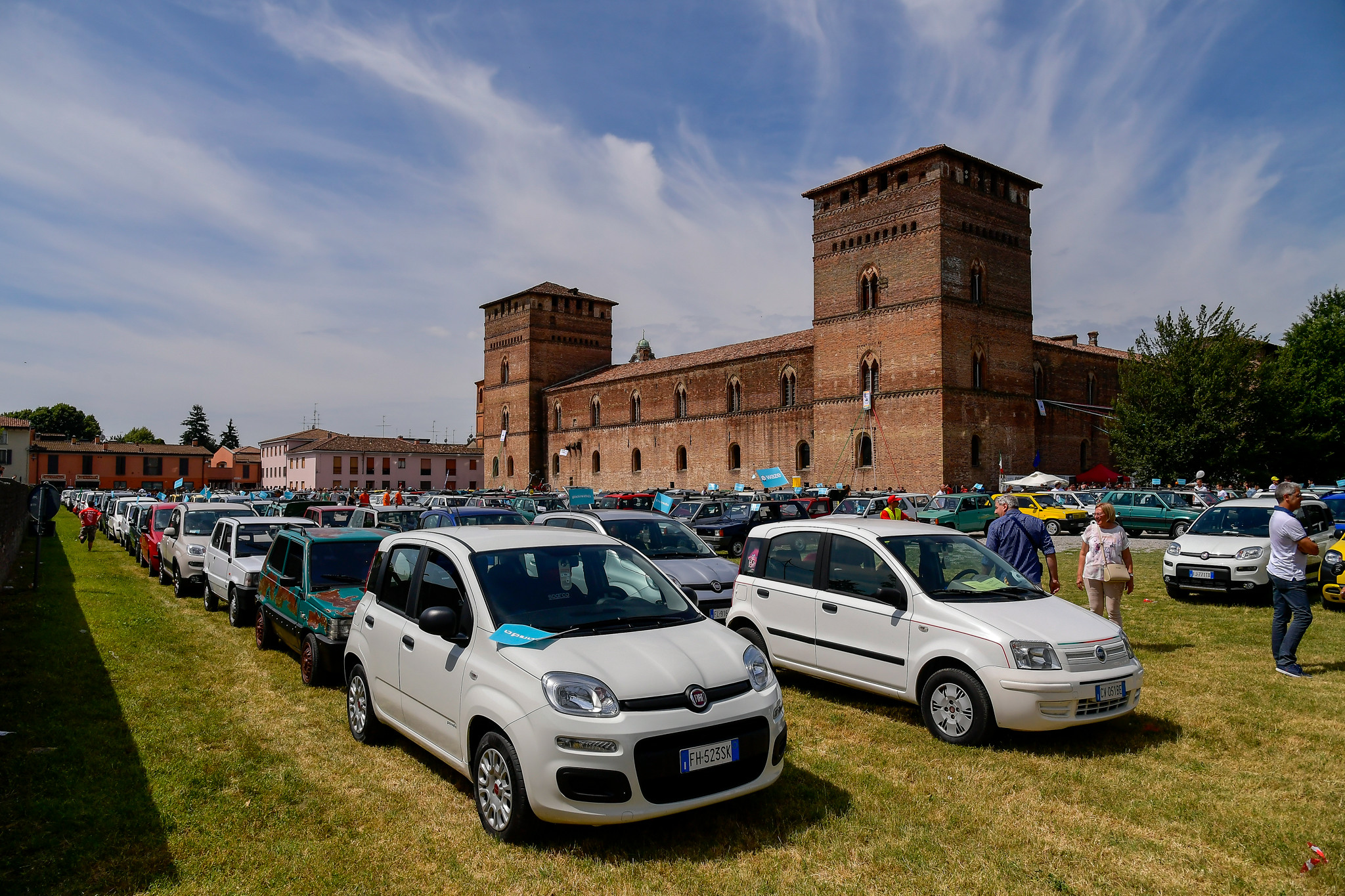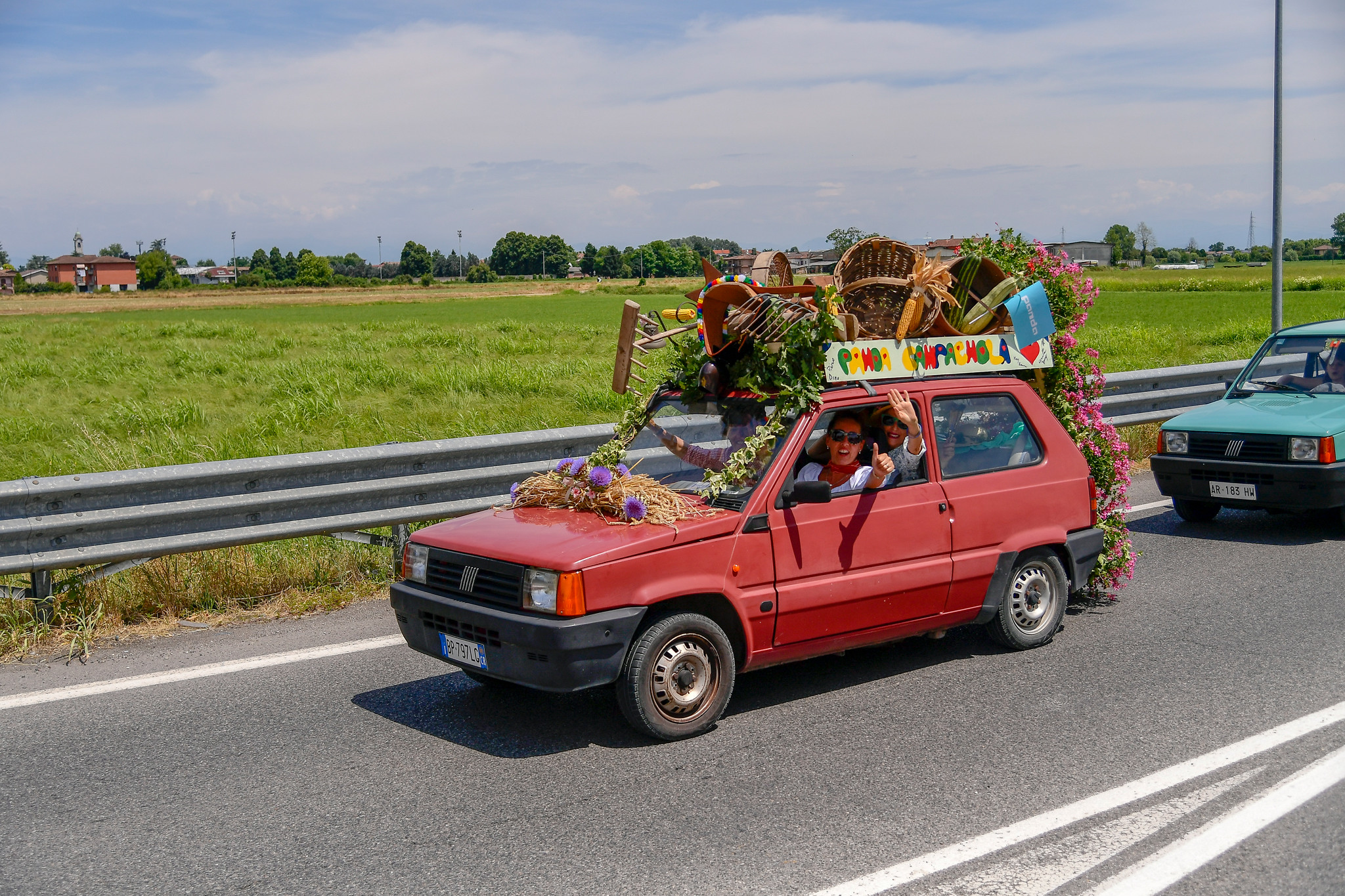It might seem as though the MPV sector is dead. It’s certainly a shrinking class – while back in the early 2000s just about every manufacturer offered a slab-sided people-mover, your options in 2018 are rather more limited as these practical machines are phased out in favour of ‘in-trend’ SUVs.
But an MPV actually has a few advantages over the equivalent SUV. They tend to be more spacious for their footprint – a seven-seat SUV will very often struggle to seat adults in the rearmost row, whereas a large MPV may be able to accomodate seven in comfort. Sure, they might not be as stylish or rugged – but does that really matter when all you need to do is carry the kids and their clobber?
We’ve rounded up ten of the best MPVs you can still buy.
Citroen C4 SpaceTourer
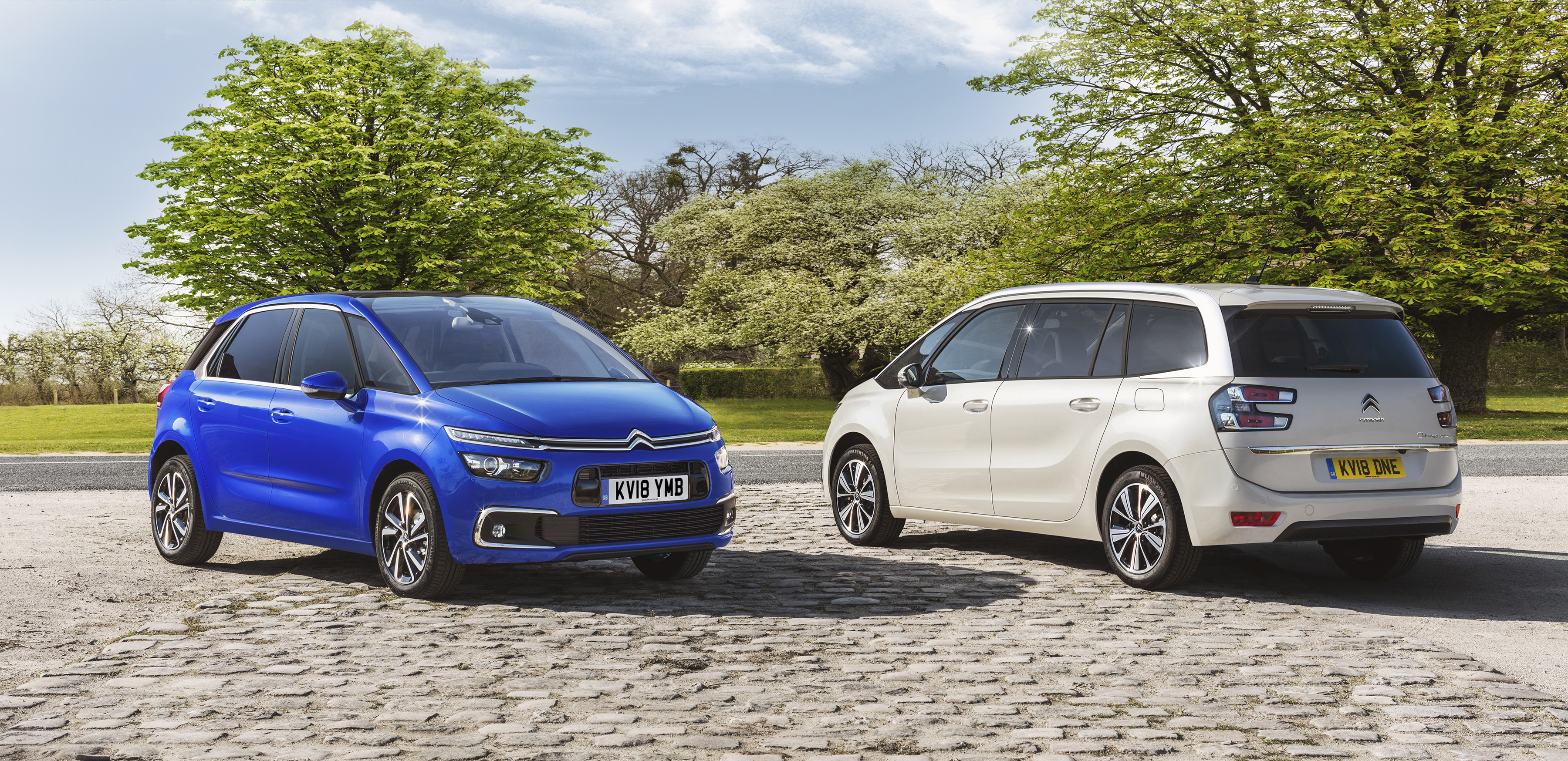
Citroen has a strong track record with MPVs – its Xsara Picasso was one of the most popular compact people-movers going. The latest in the line are the SpaceTourer and Grand SpaceTourer, and despite the silly name (even worse than ‘Picasso’) they’re thoroughly accomplished cars.
Bold styling inside and out is quintessentially French, and all that glass area pays dividends – frontal visibility in this car is staggering. It’s also superbly comfortable and, with one of the 1.6-litre BlueHDI diesel engines, amazingly efficient, too. Truly one of the best of the breed.
Seat Alhambra
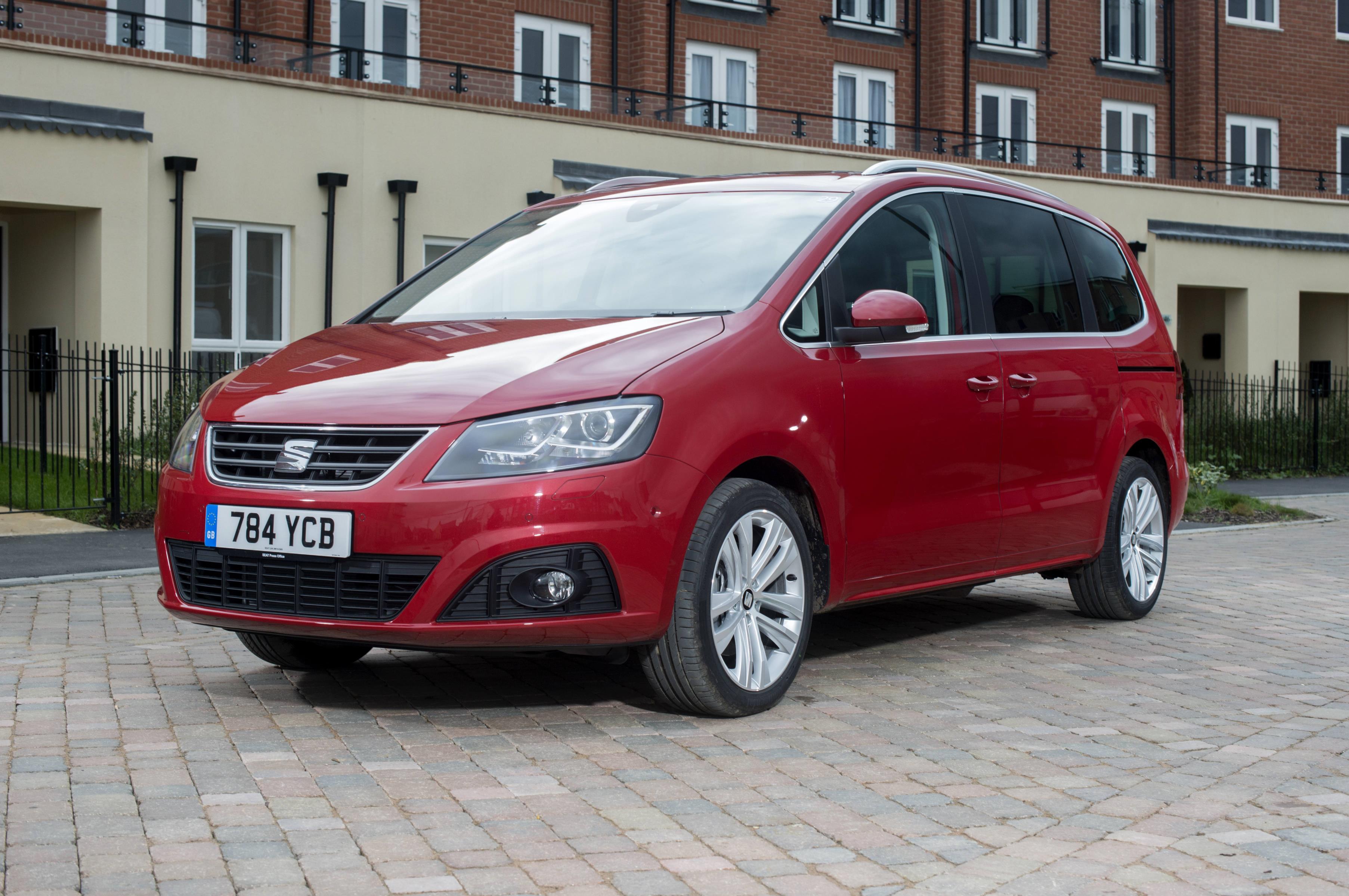
The Alhambra adopts a different approach than the Citroen does – it’s straight, sensible and spacious in every sense of the word. With sliding doors for added practicality and genuine room for seven adults, this is a brilliant MPV.
It’s perhaps not what you’d expect from the stylish Spaniards at Seat, but here’s a secret – the Alhambra is the exact same car as the Volkswagen Sharan, only with a healthy price cut. That’s worth considering for anybody.
VW Touran
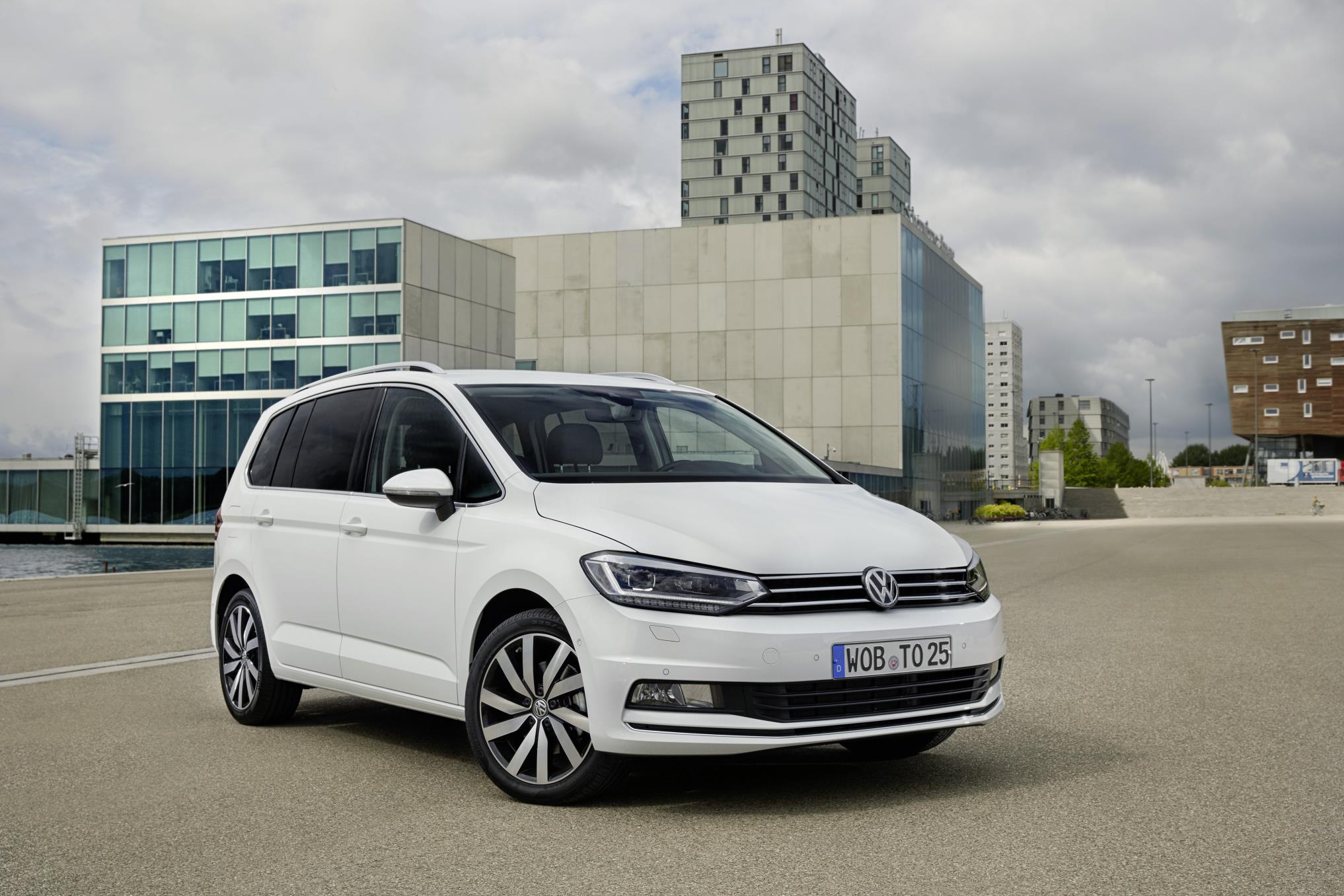
While Volkswagen’s Sharan is the brand’s flagship MPV, the smaller Touran is arguably more useful for smaller families – who can benefit from the car’s boxy practicality, while only using the rear seats for very occasional passengers.
With driving dynamics and a dashboard shared with Volkswagen’s smaller passenger cars, the Touran is thoroughly inoffensive to own. Perhaps that’s not the highest of praise, but it should be – you won’t miss your SUV if you opt for a Touran.
SsangYong Turismo

The SsangYong Turismo is old-fashioned, poor to drive and has styling only a mother could love. However, it does have two major plus points – space and price. Put simply, this is the most metal you can buy for your money anywhere on the market.
The Turismo will accommodate seven adults in seriously spacious surroundings in a 2-2-3 layout, with a decent boot behind the rear bench. Best of all, prices start at under £20,000 – or around the same amount you’d spend on a decently-equipped supermini.
Peugeot Rifter
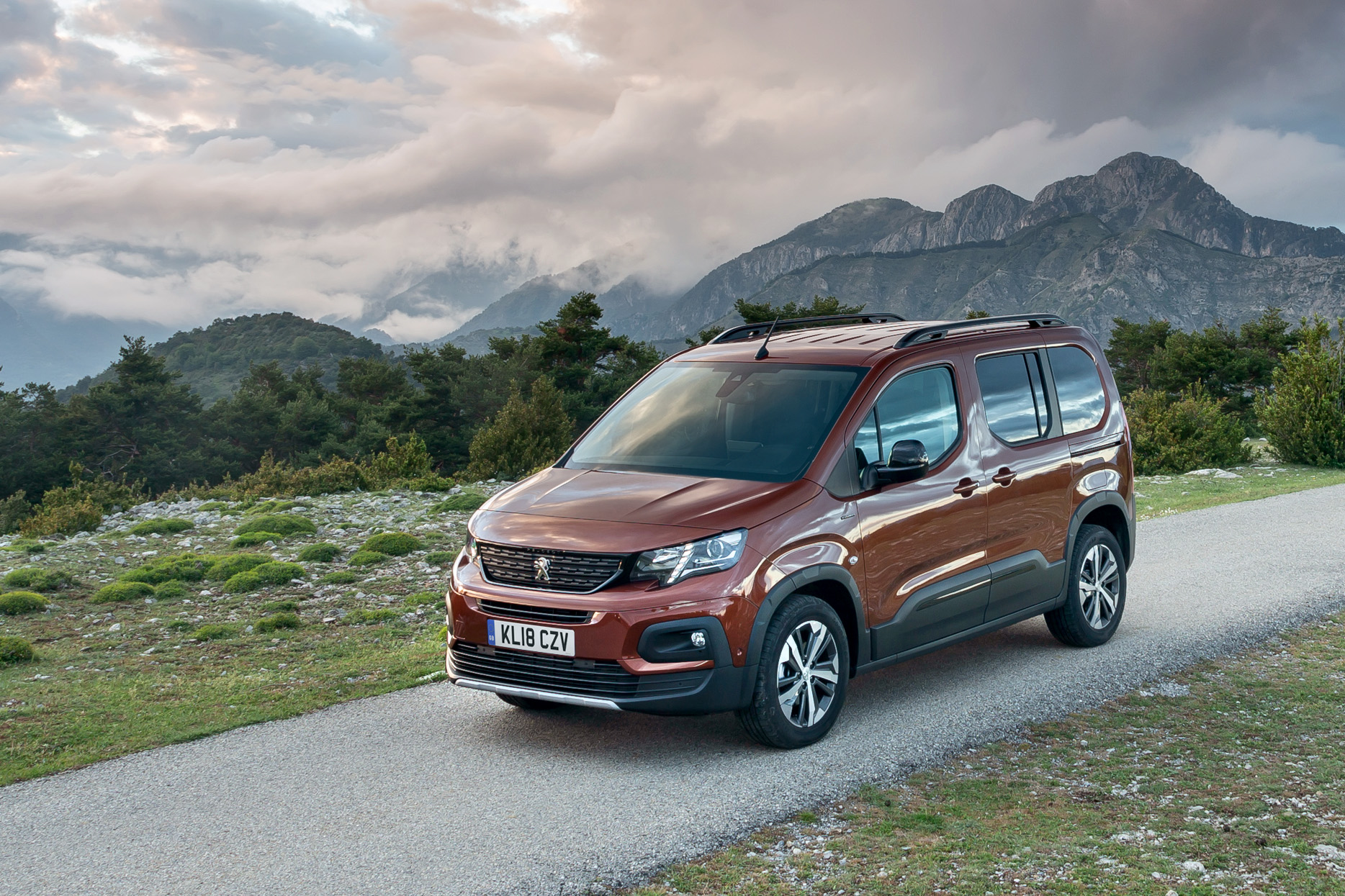
While the old Peugeot Partner Teepee was unashamedly based on a van, its replacement hides its commercial origins rather better. The Rifter is actually based on the same underpinnings as Peugeot’s own 308 hatchback, endowing it with decent driving dynamics and a range of efficient petrol and diesel engines.
Best of all, those van-like proportions give it an incredibly practical interior. There’s actually more storage cubby space in here than there is in the entire boot of a supermini – and the boot itself is truly cavernous.
Kia Carens

The Kia Carens isn’t the biggest MPV about, nor is it the best to drive, but it’s a thoroughly accomplished all-rounder. With seven seats as standard and – even more impressively – a seven-year warranty, it’s ideal for buyers who want to keep their car for a long time.
It’s also reasonably stylish for an MPV thanks to Kia’s tiger-nose grille, and an excellent reputation for dependability plus good crash test scores are just two more feathers in the Carens’ cap.
Ford S-Max

The best-driving MPV may seem like a pretty poor accolade – a bit like receiving the ‘best loser’ award at a school sports day – but in the case of the S-Max it’s both justified and impressive. The S-Max is based on the same platform as the previous Mondeo, giving it seriously impressive handling – this is one MPV that you might actually want to hustle down a back road.
Seven decent-sized seats and pleasantly angular styling are also handy to have, while a range of efficient diesel engines help keep costs down.
Ford Tourneo Connect
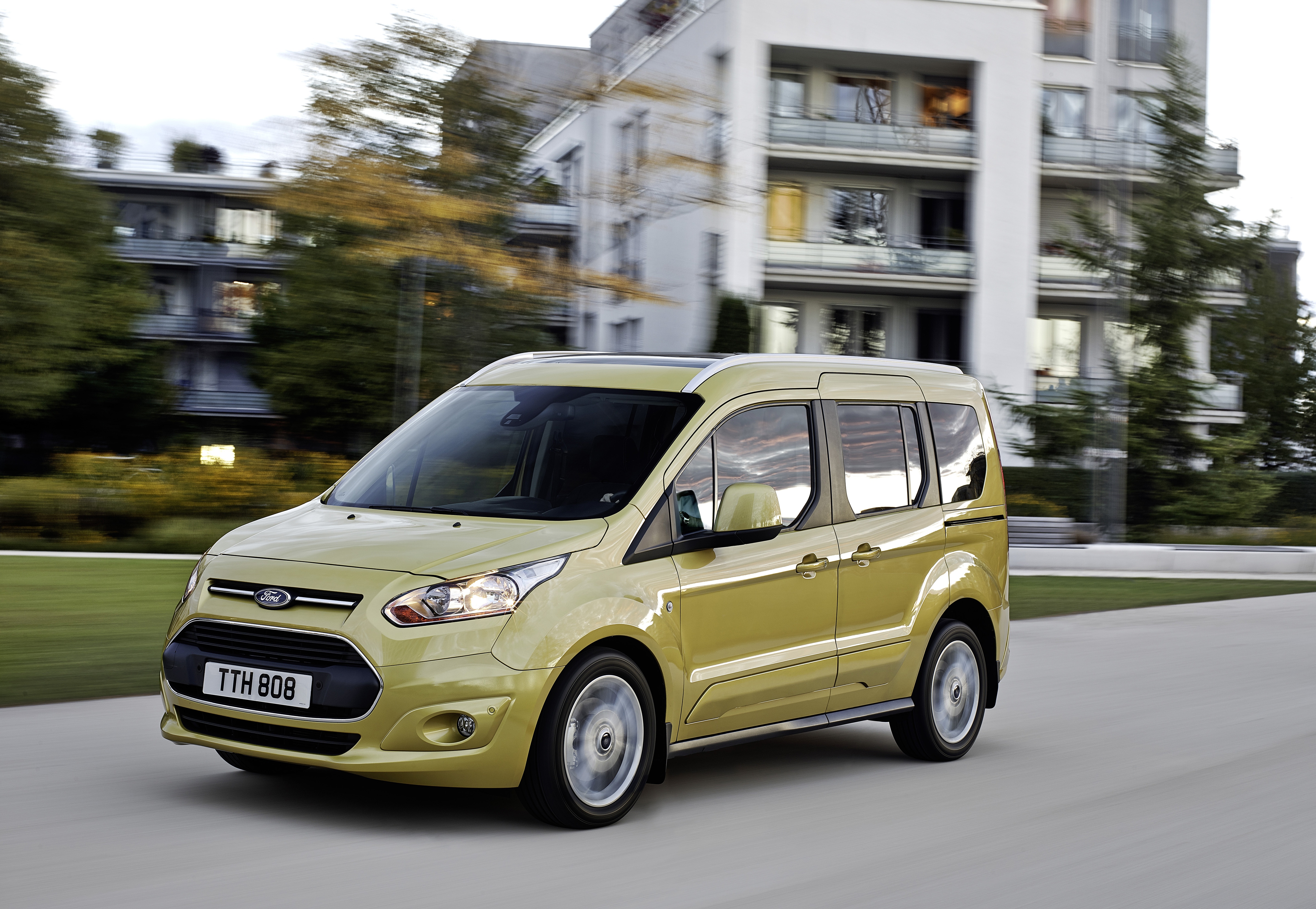
On the other end of the spectrum to the comparatively luxurious S-Max is Ford’s own Tourneo Connect. It’s based on the Transit Connect van, but like the Peugeot Rifter is better to drive than its commercial vehicle origins would have you believe – and it’s available with some amazingly efficient engines.
There’s even the option of a 1.0-litre EcoBoost petrol if you’re looking to move away from diesel, while the vast boot and capacious interior make short work of family life.
BMW 2 Series Active Tourer
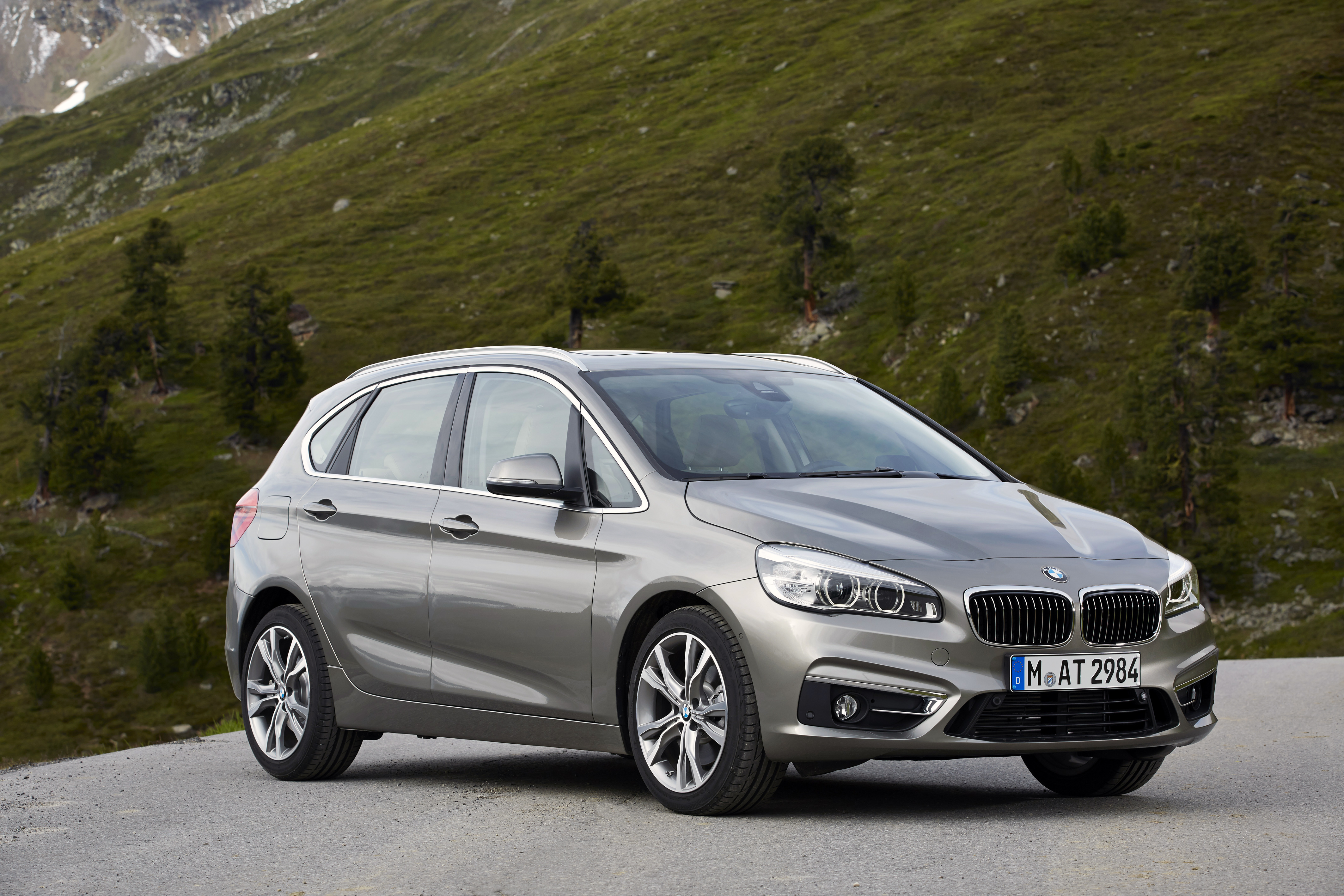
The 2 Series Active Tourer was two ‘firsts’ for BMW. It was the brand’s first MPV, sure, but it was also the first front-wheel drive car – a move which purists denounced as blasphemy.
However, sharing a platform with the Mini hatch means that the 2 Series Active Tourer is actually very good to drive – and BMW’s trademark quality interiors make for a seriously pleasant environment in which to travel.
Vauxhall Zafira Tourer
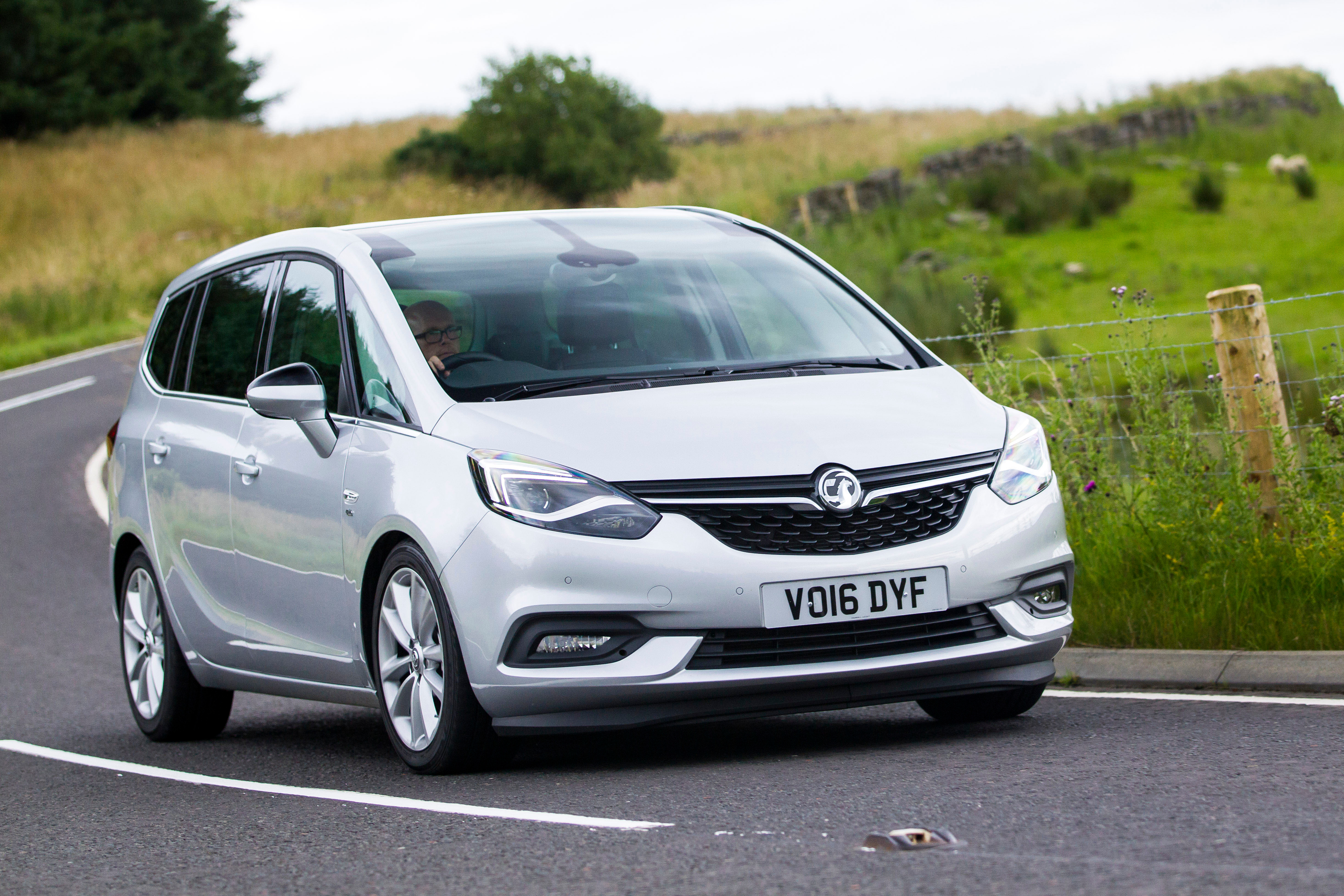
The Zafira Tourer has officially left production, pushed out by the Grandland X SUV, but you’ll still be able to find brand-new examples of the firm’s popular MPV on dealer forecourts. And that’s a great thing, as it’s actually a very good car.
It’s spacious, economical and super-comfy, especially when fitted with Vauxhall’s brilliant 1.6-litre ‘Whisper’ diesel engine. Add in a good reputation for reliability and safety and the Zafira Tourer is a sound choice – plus, it’ll be a bargain.

